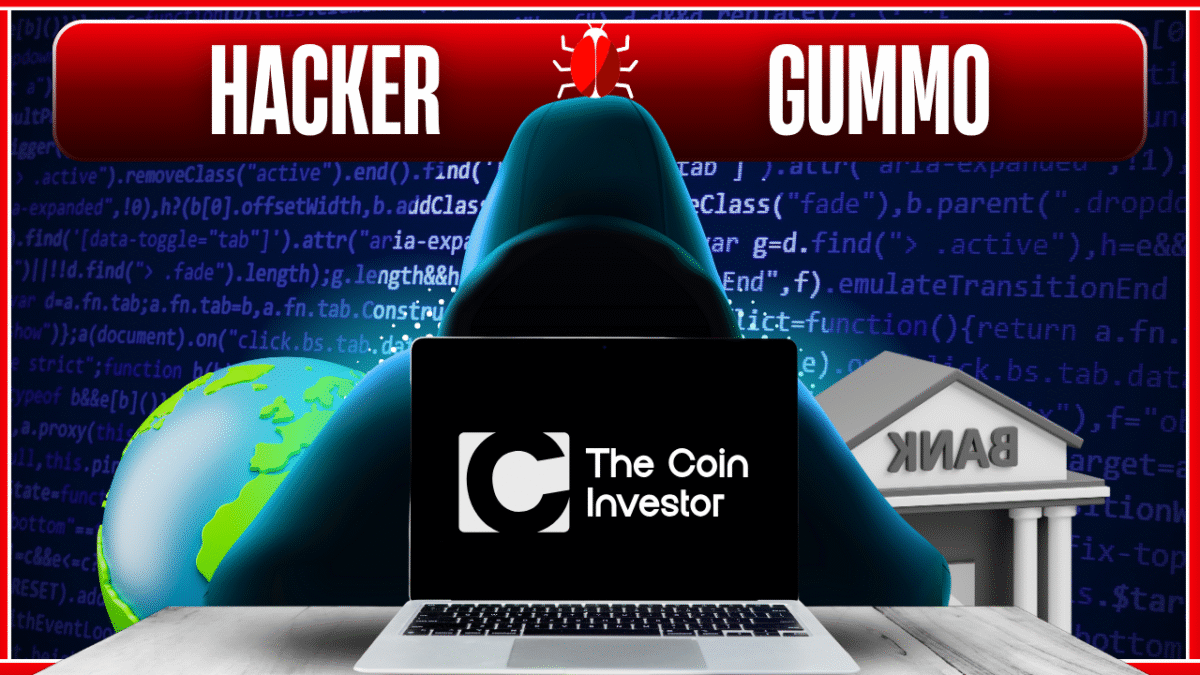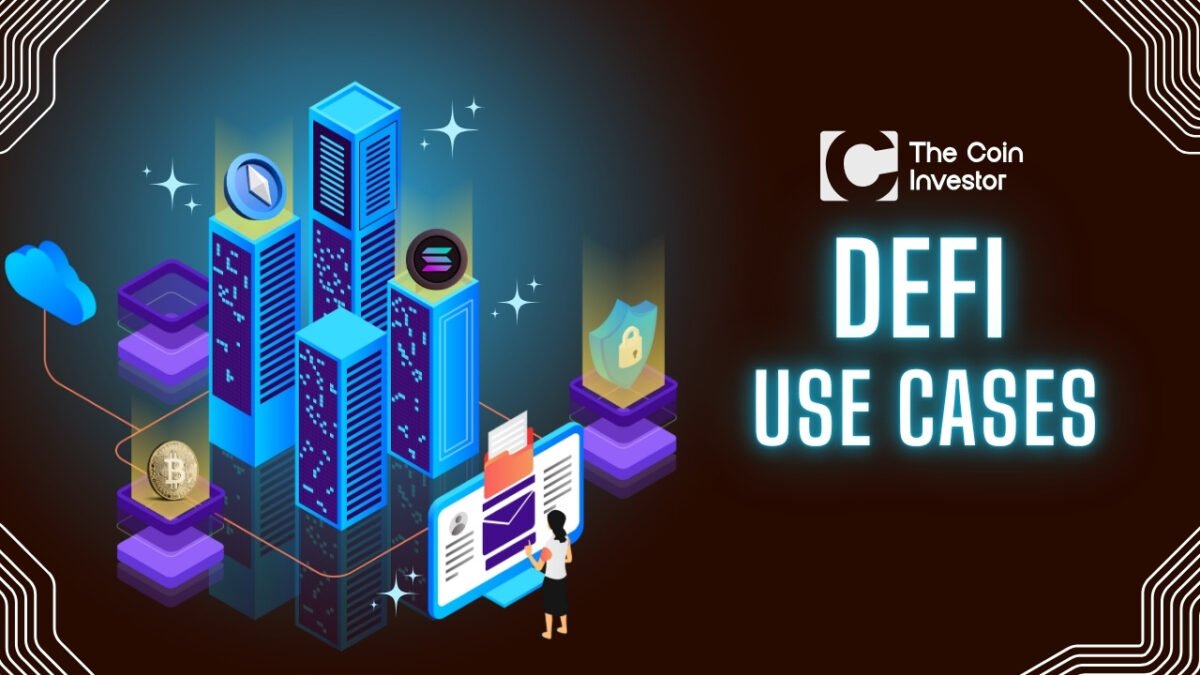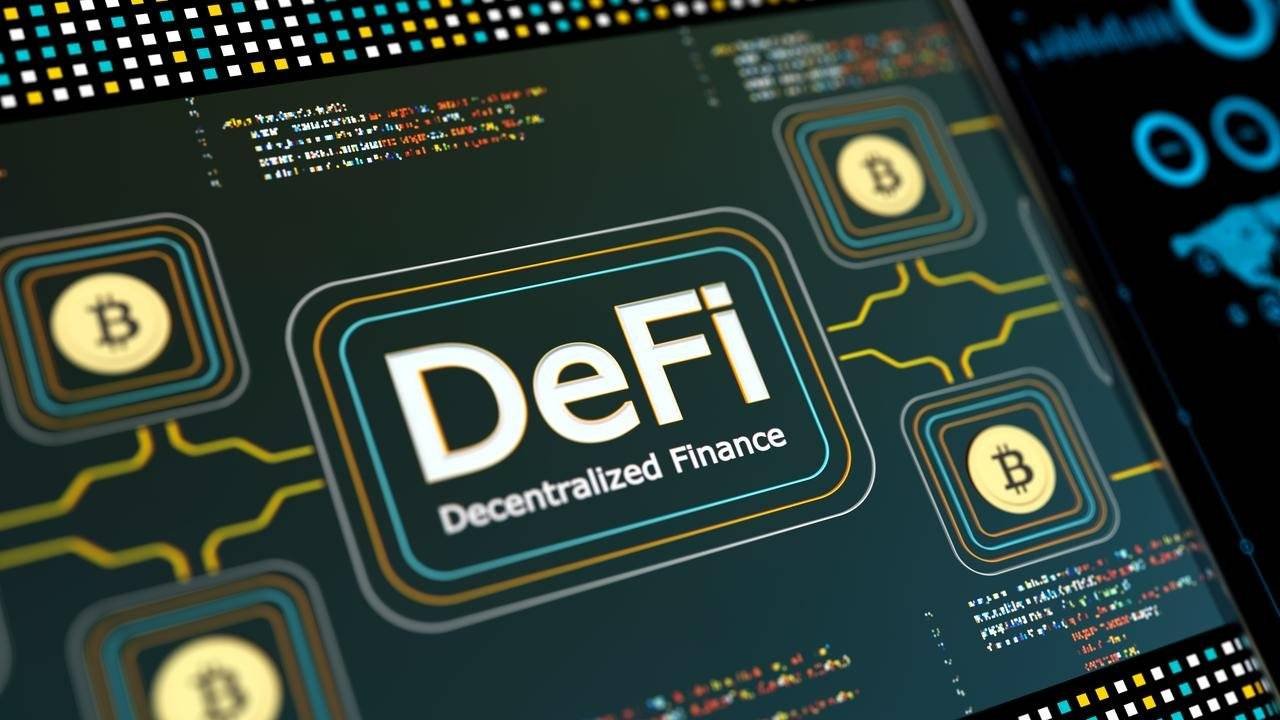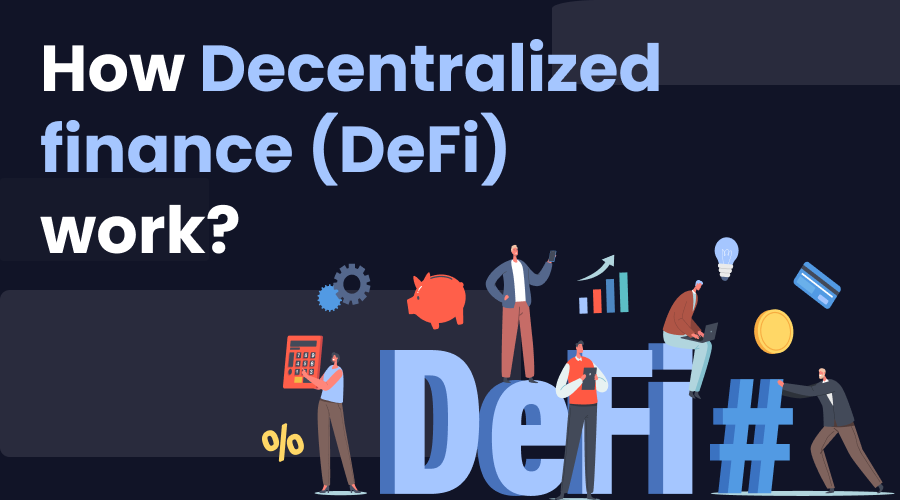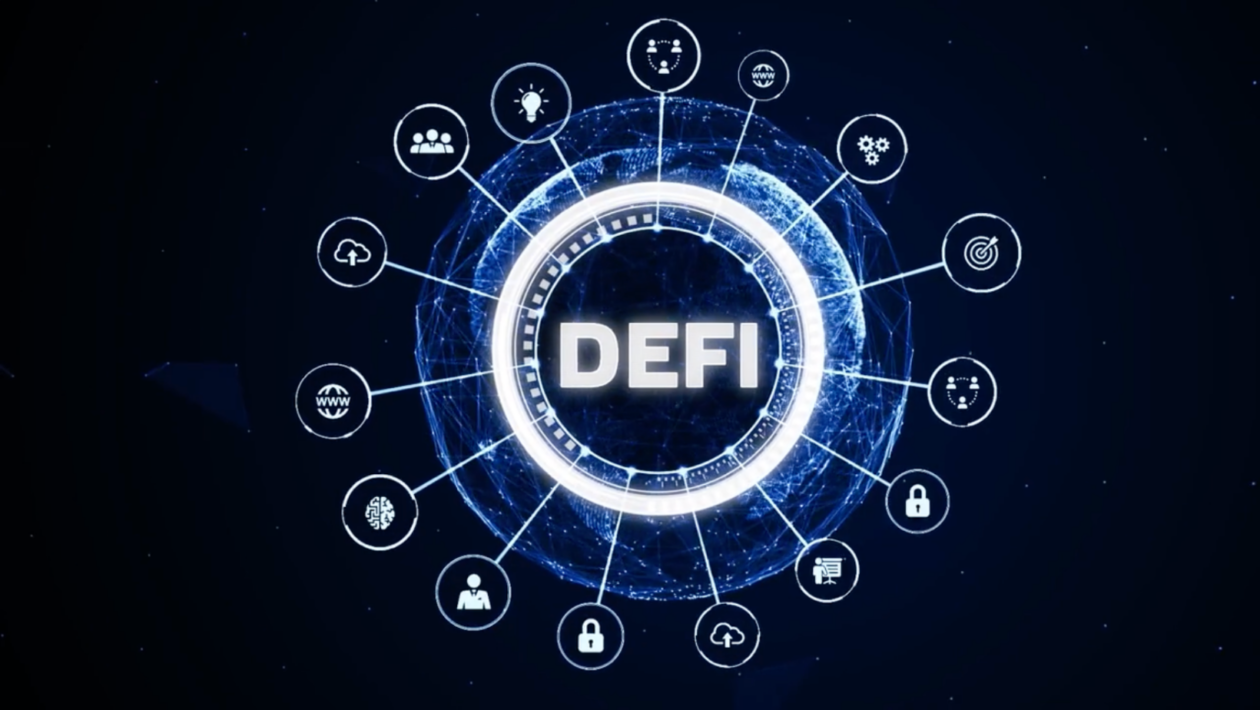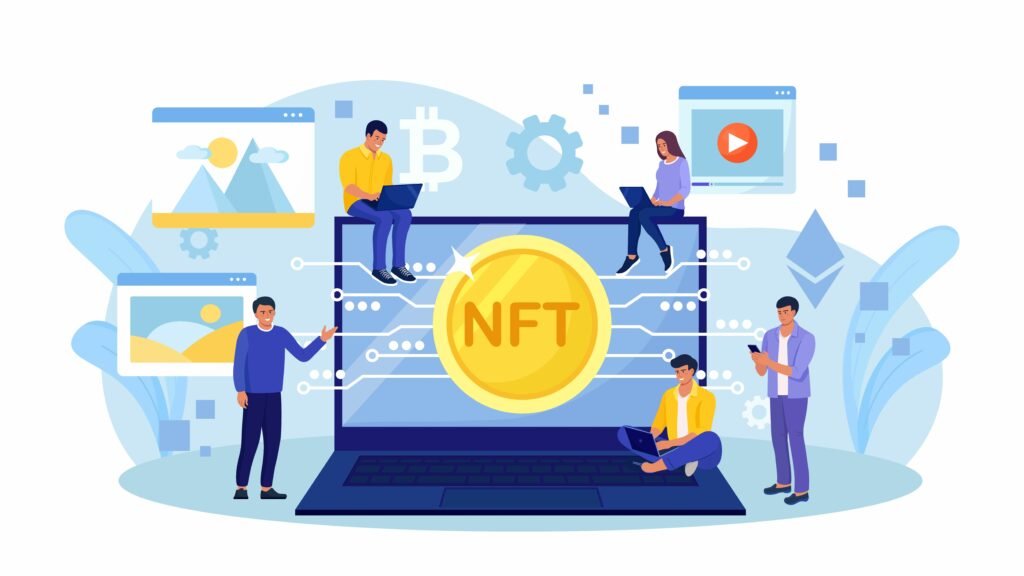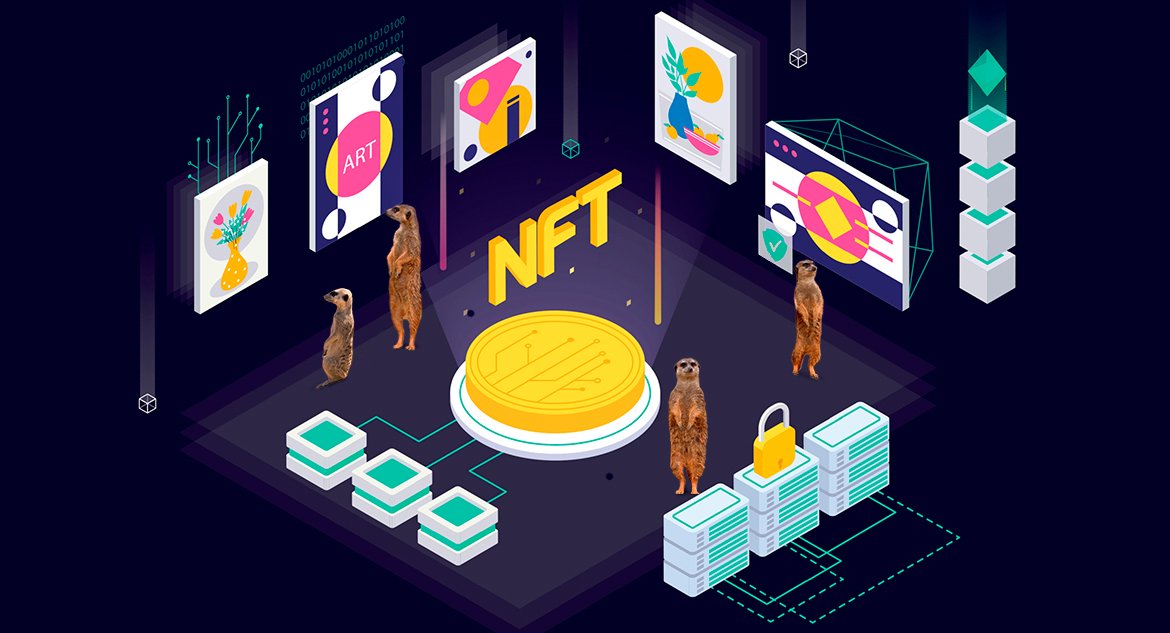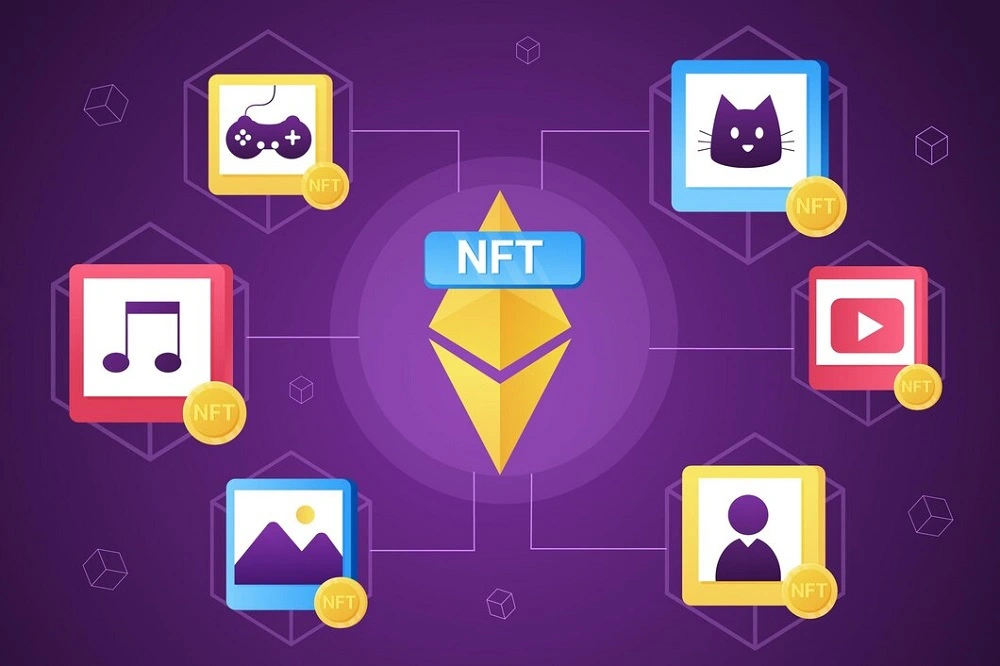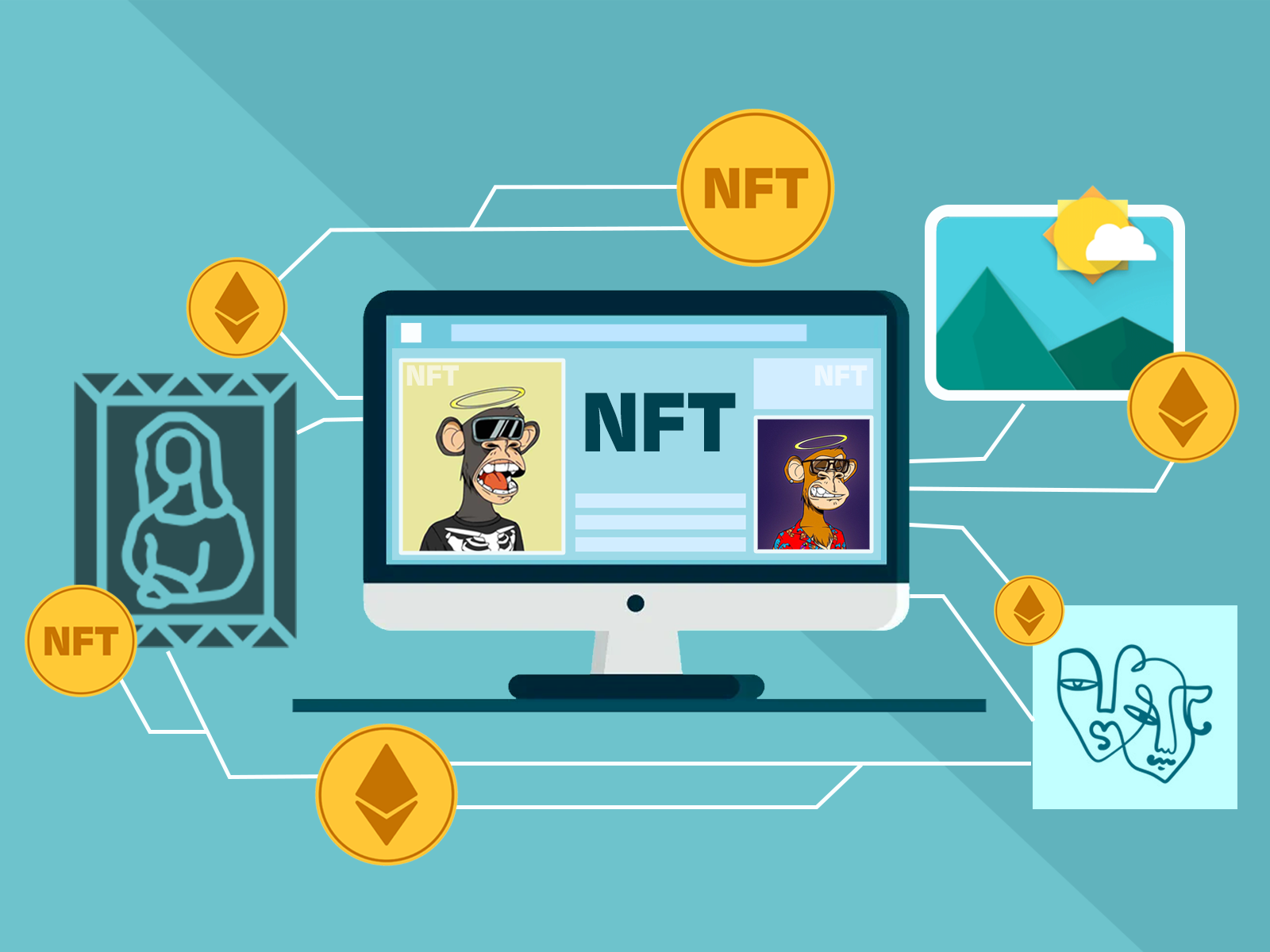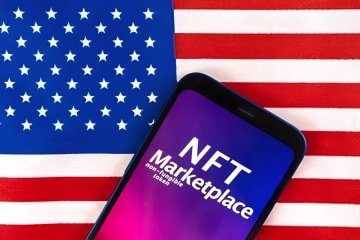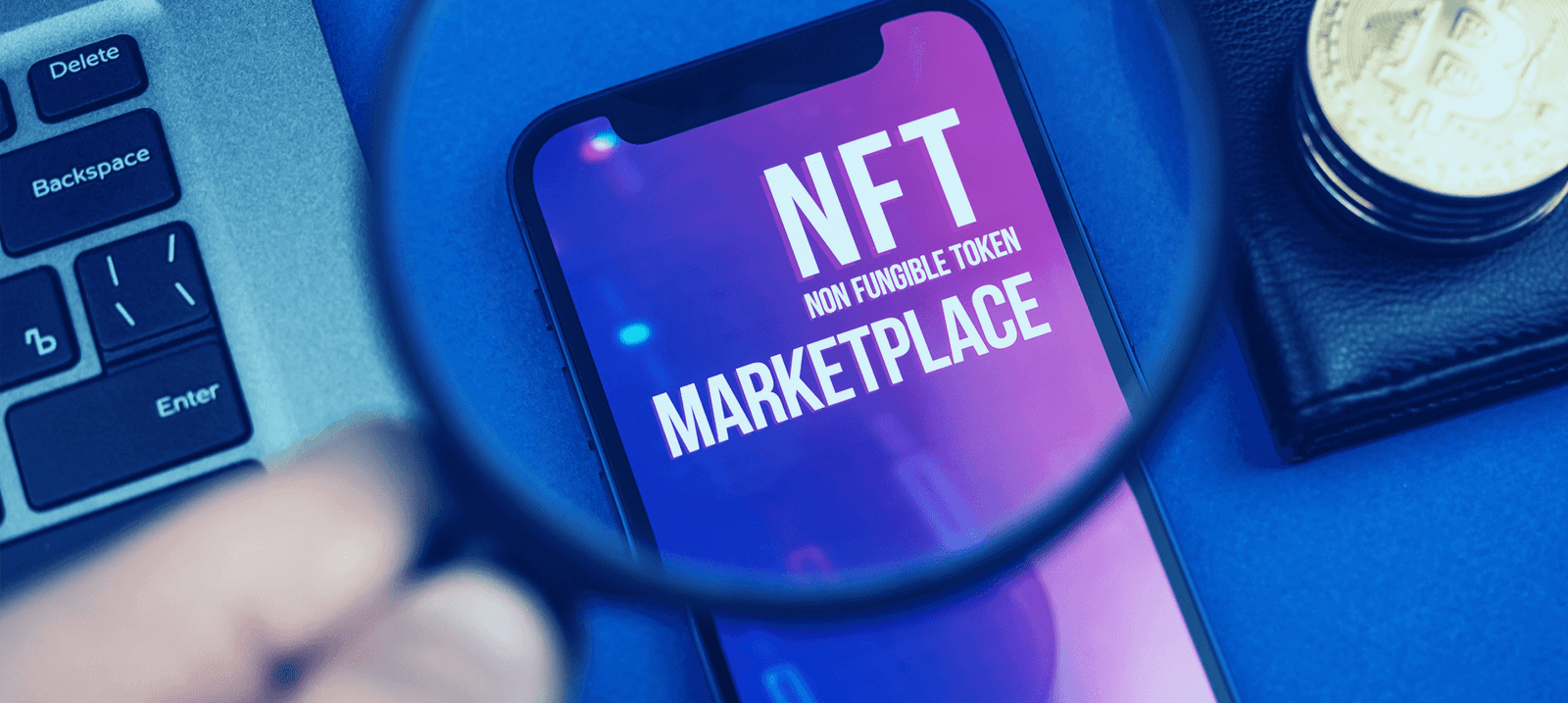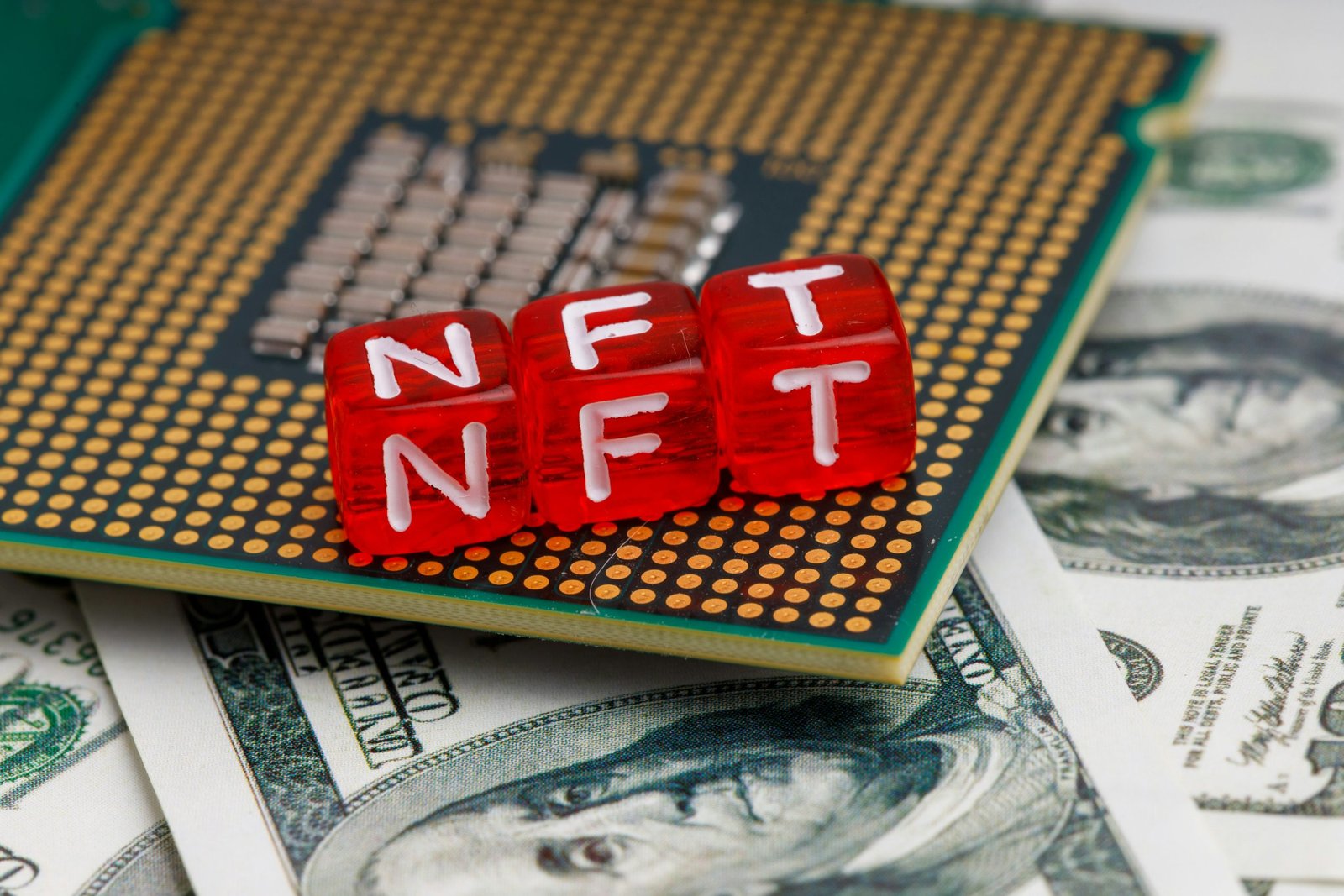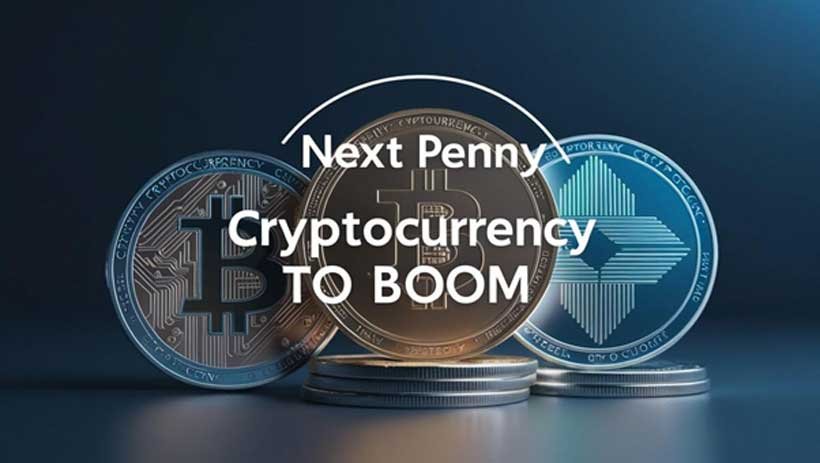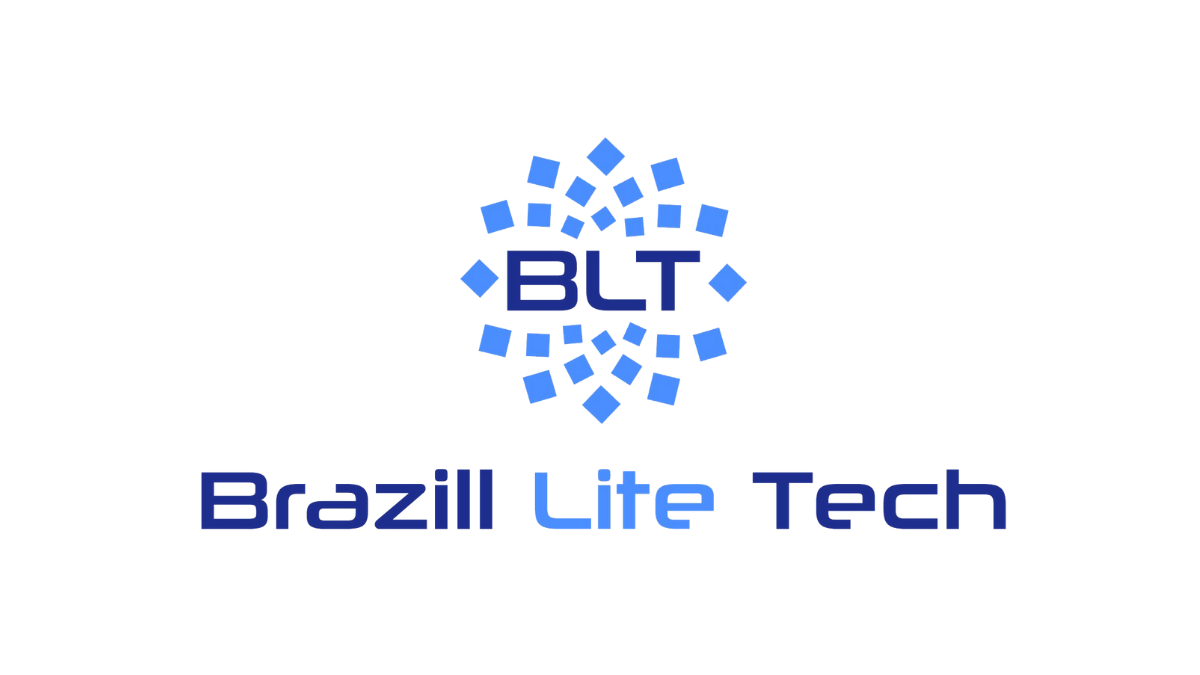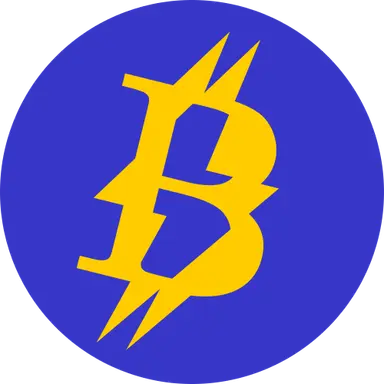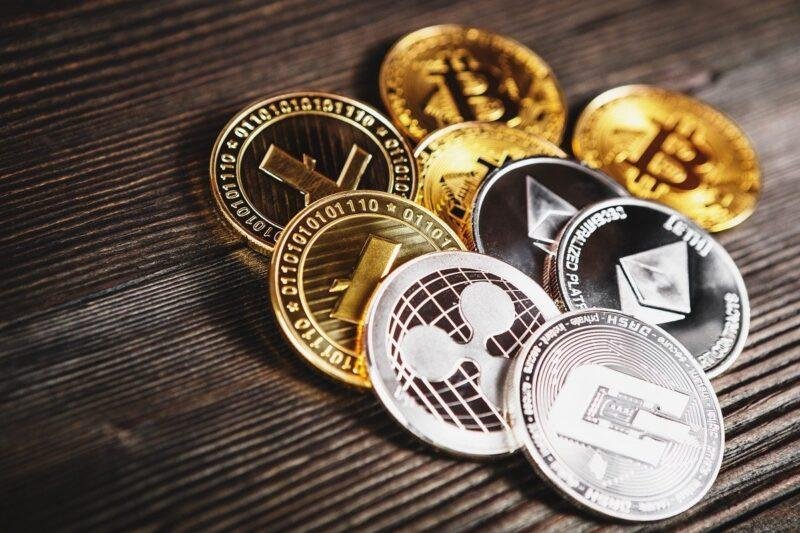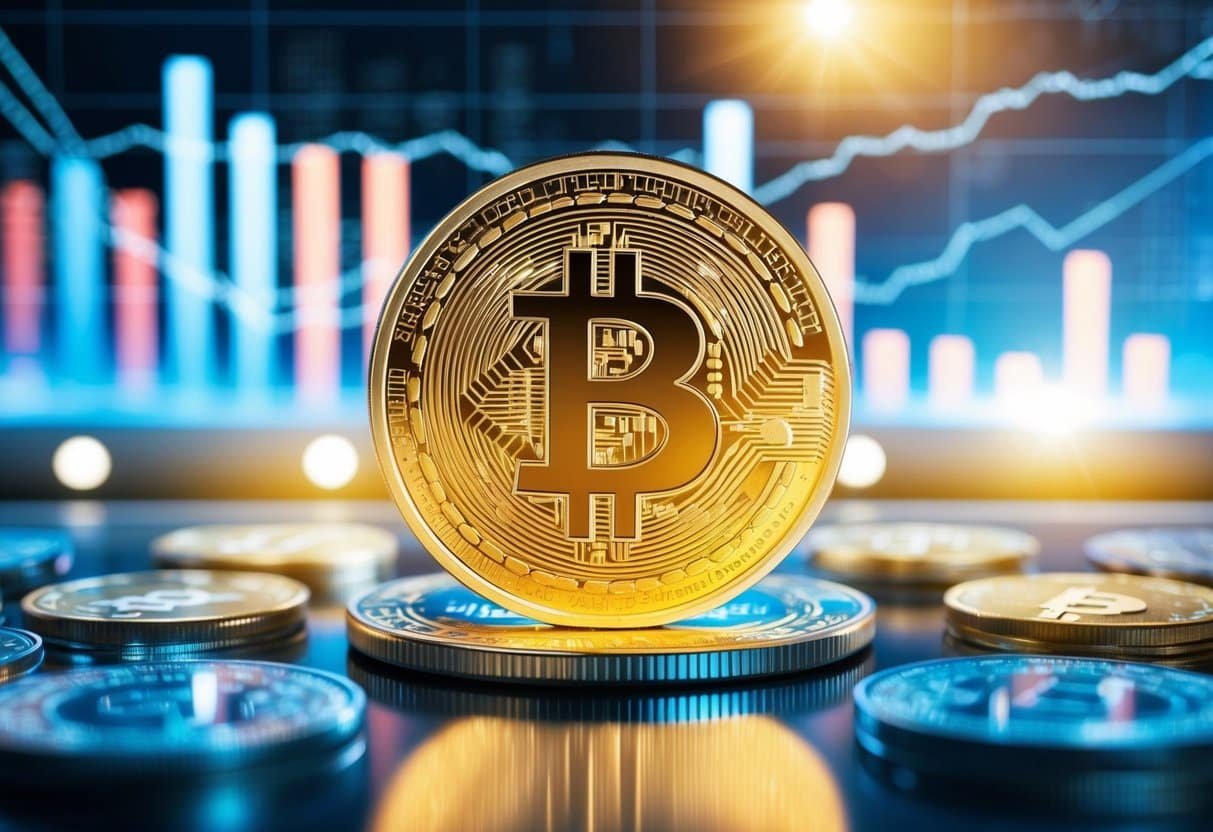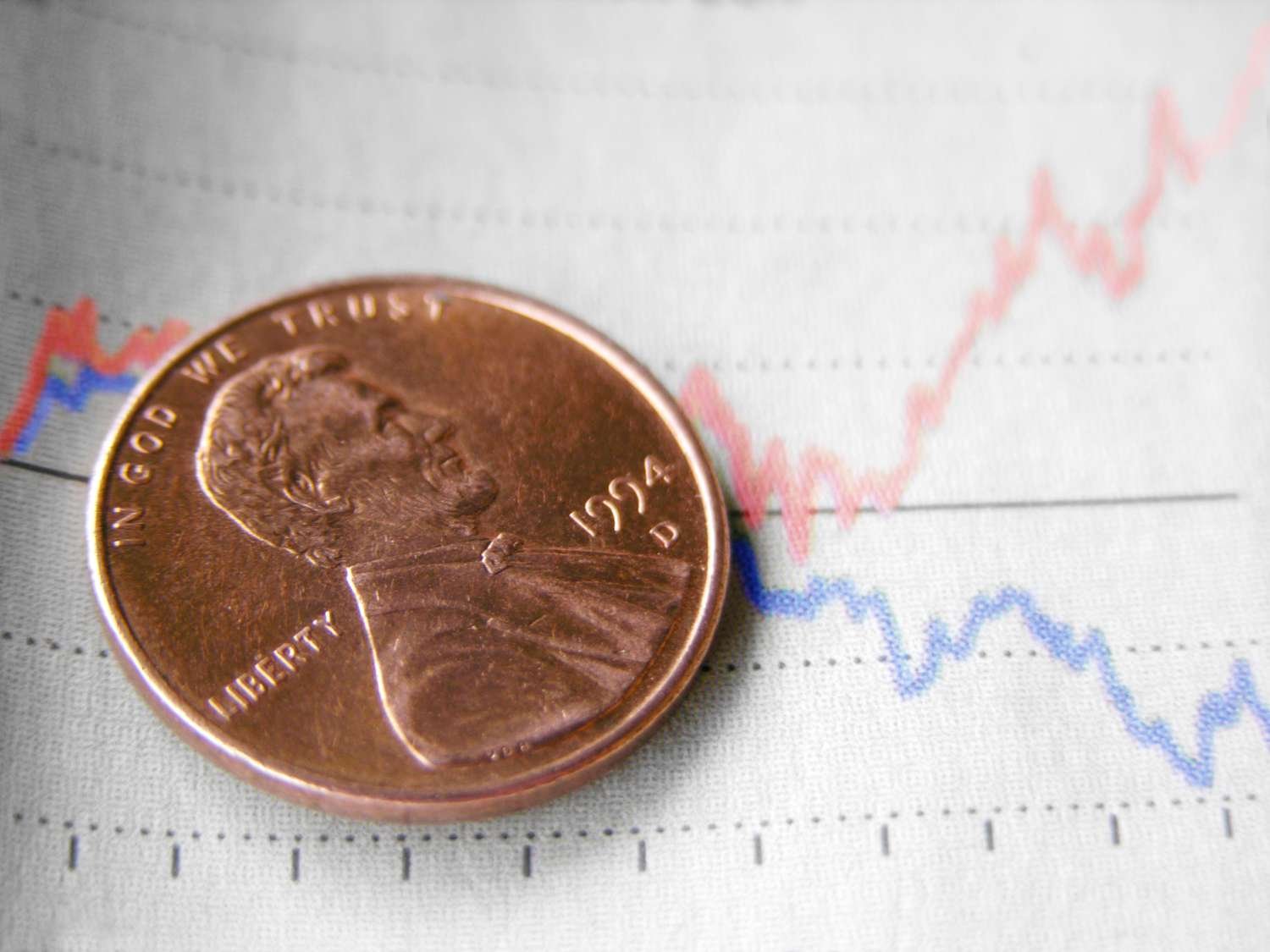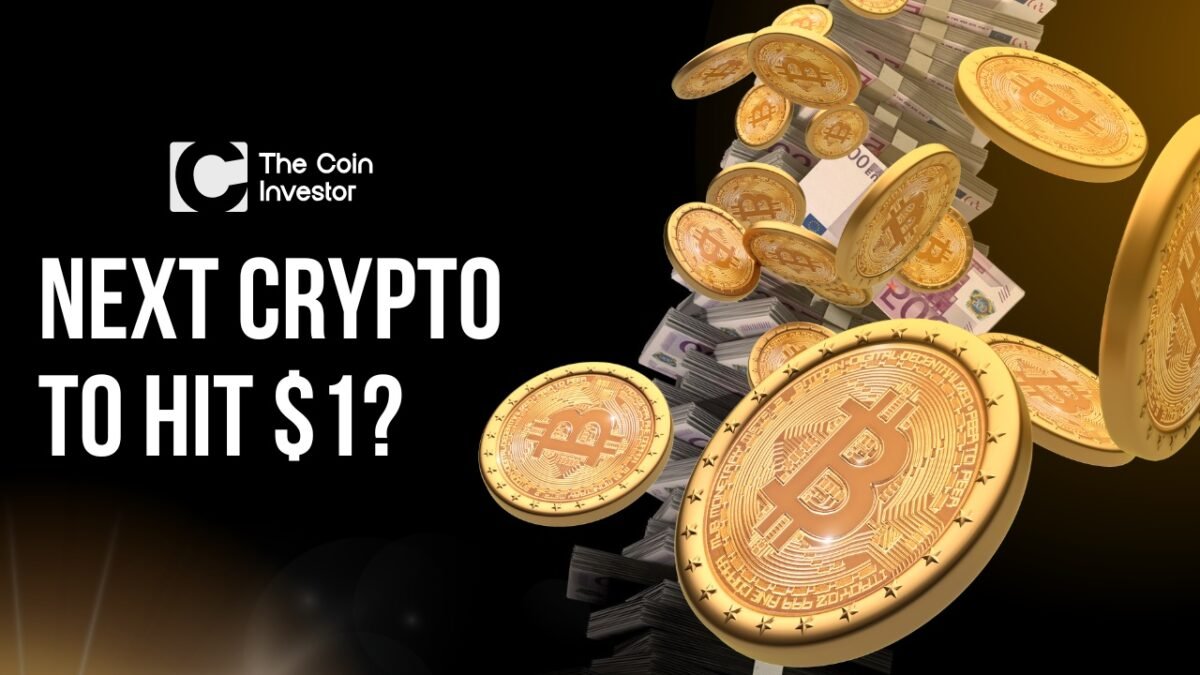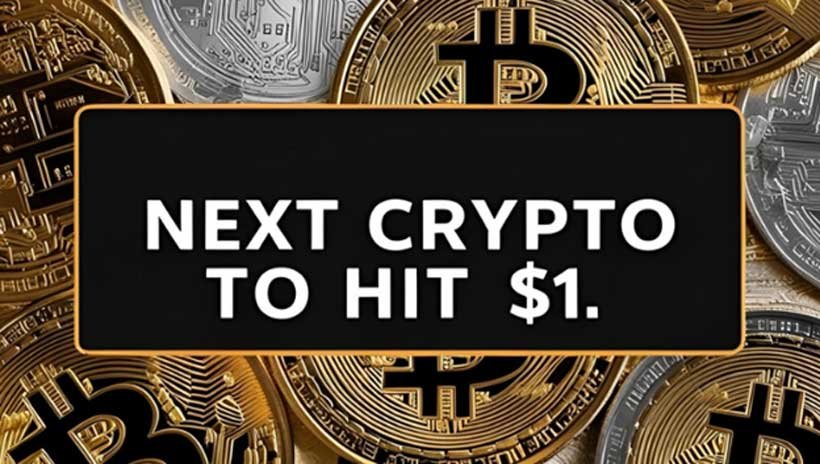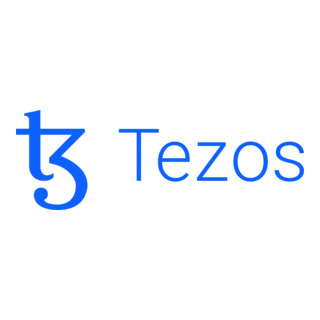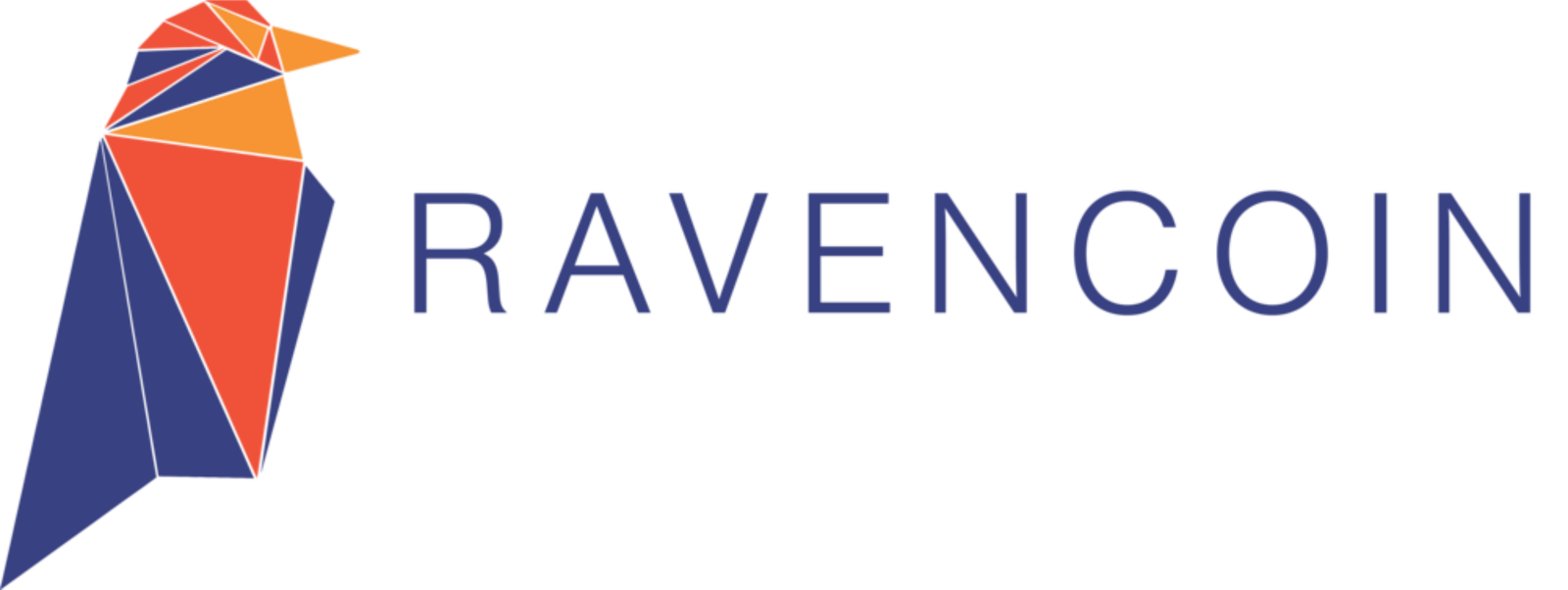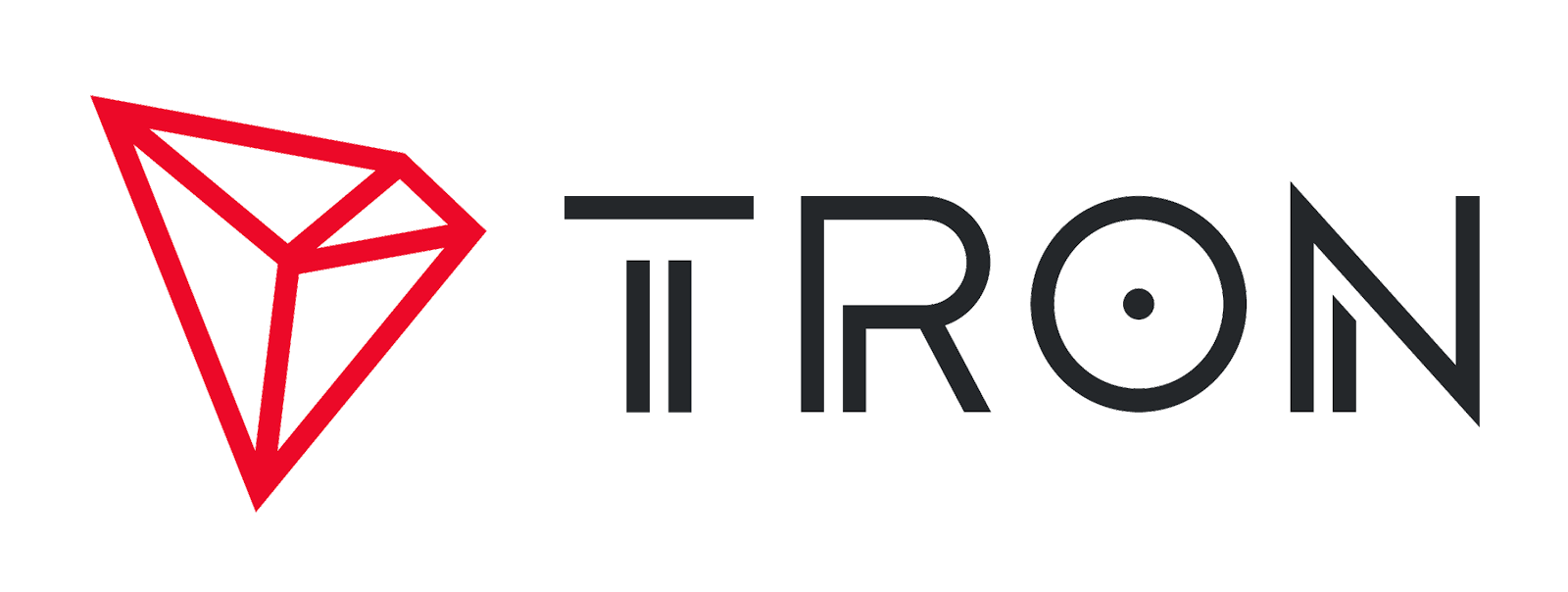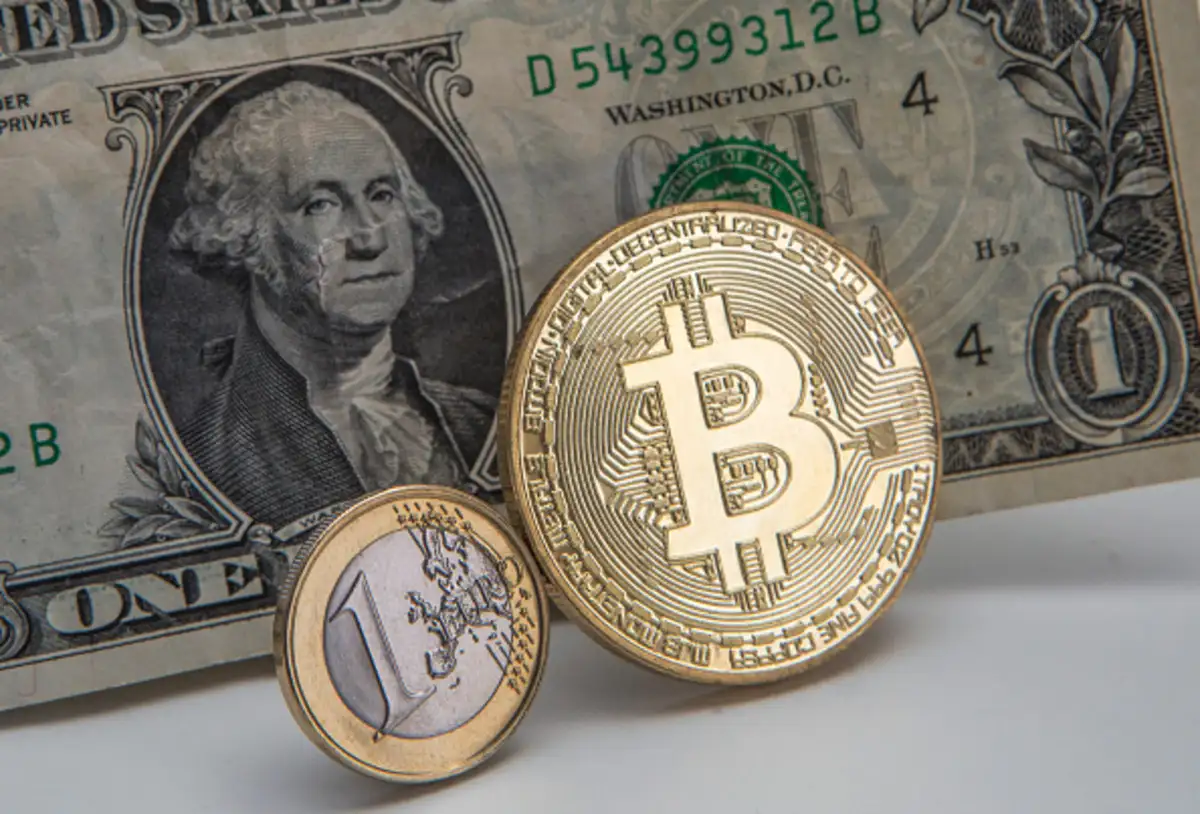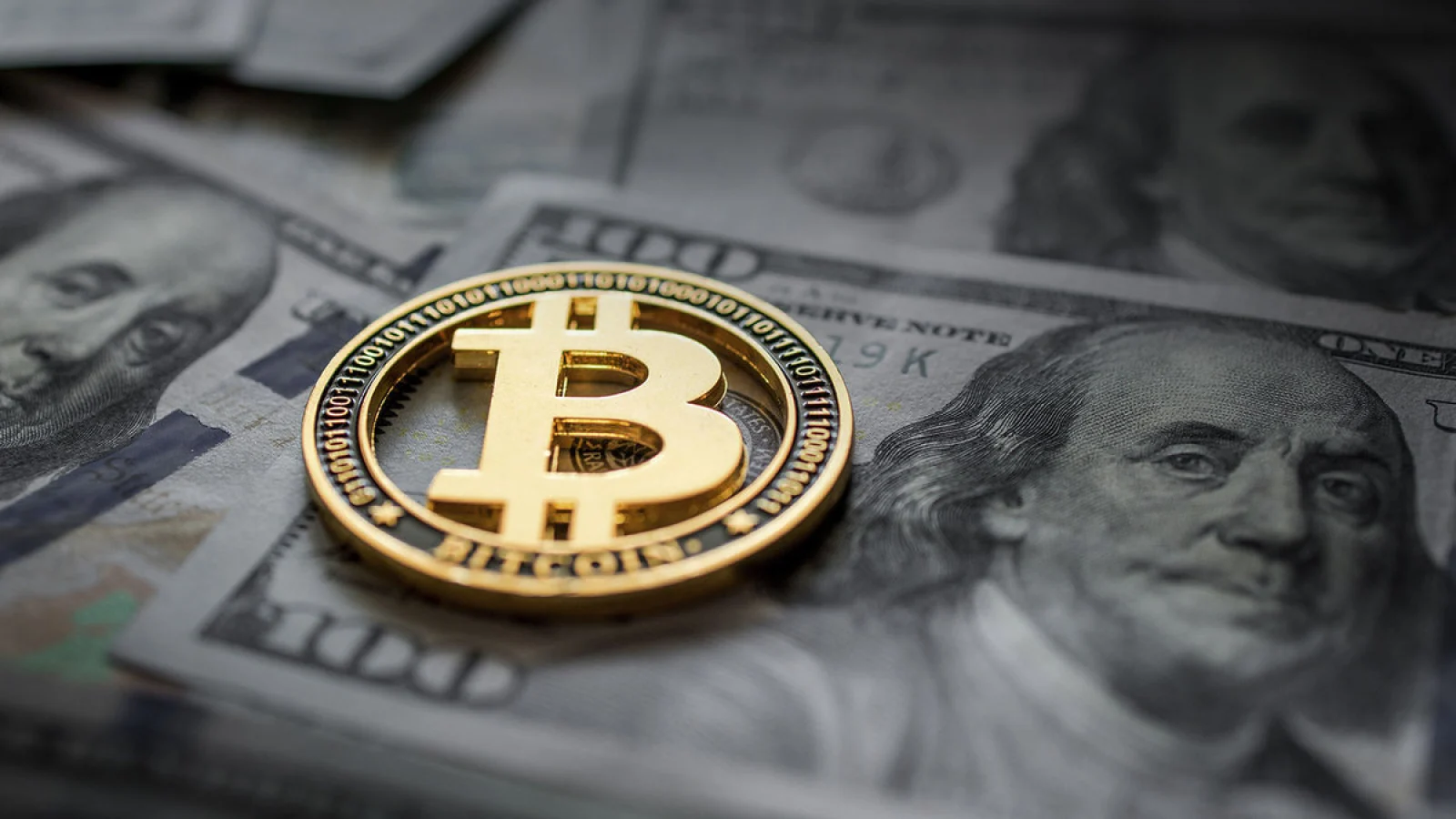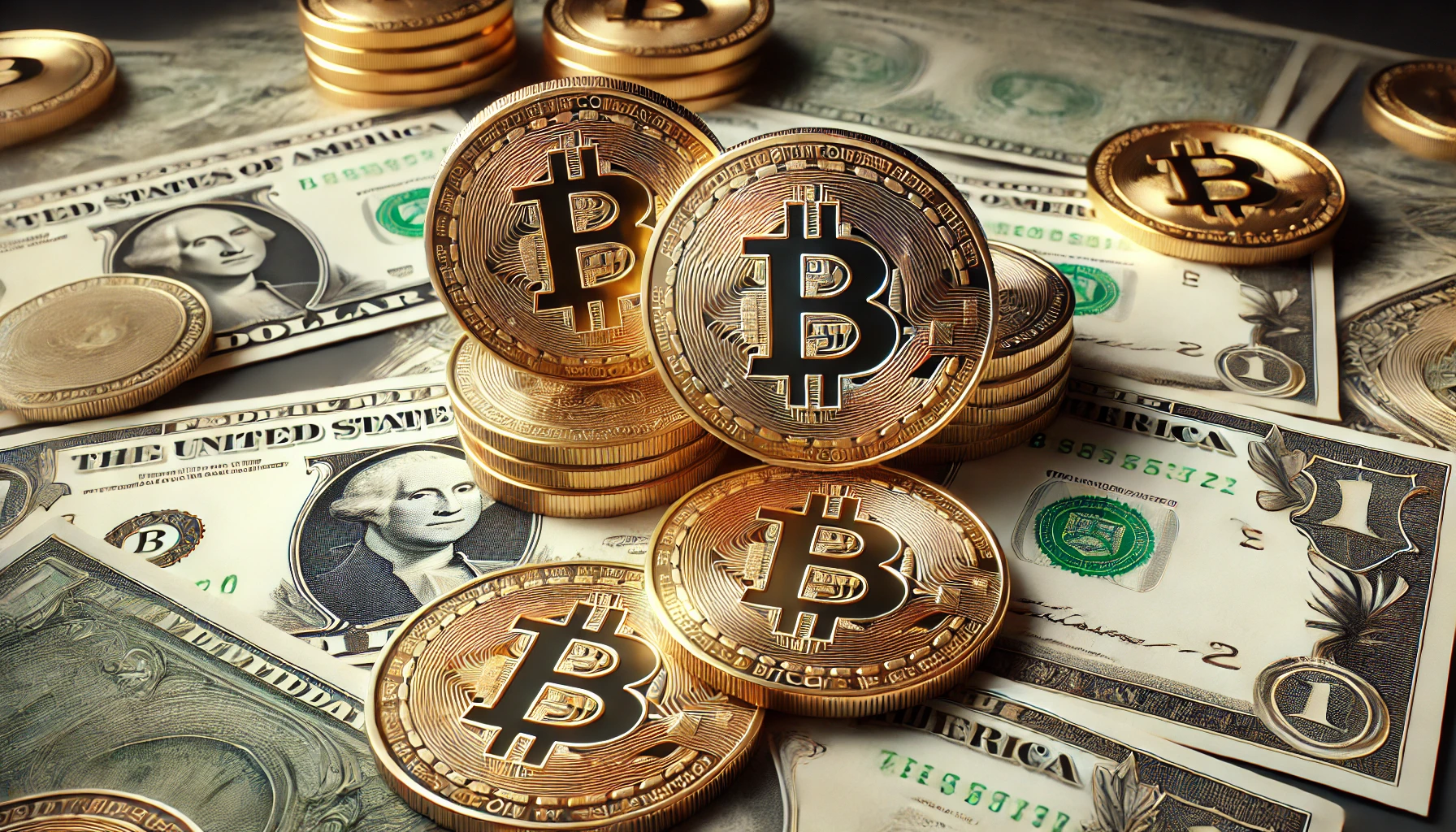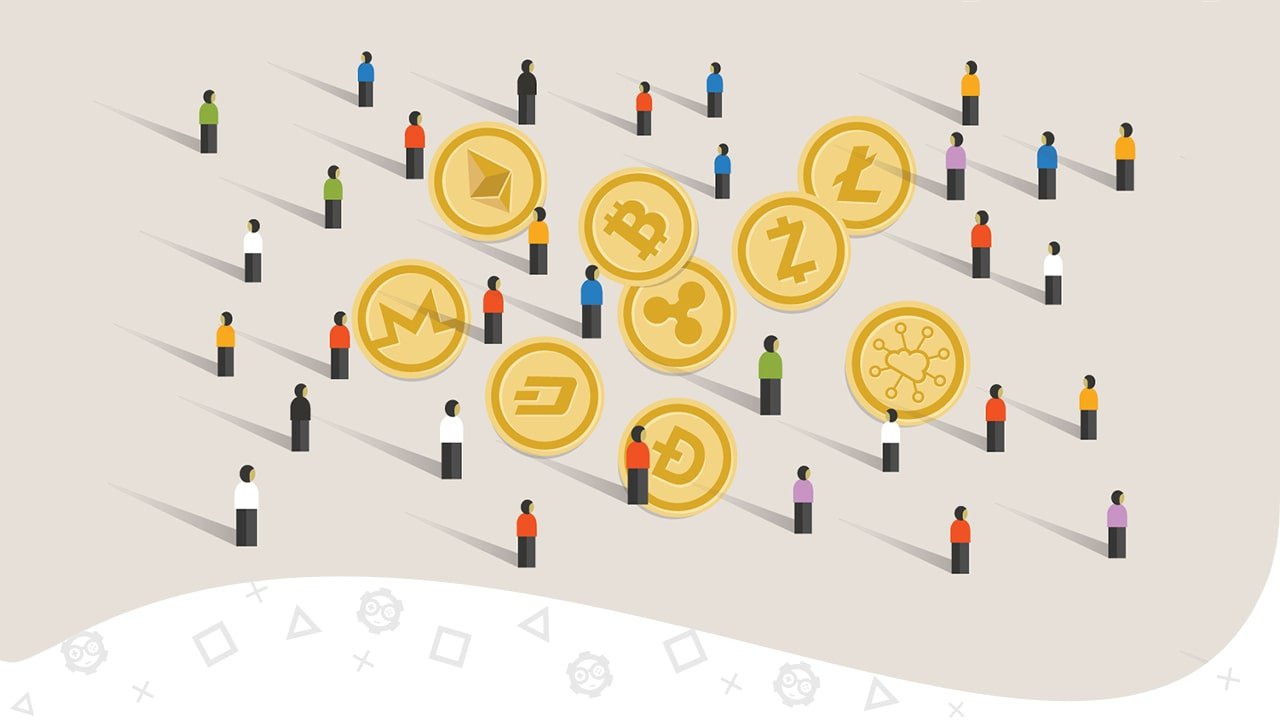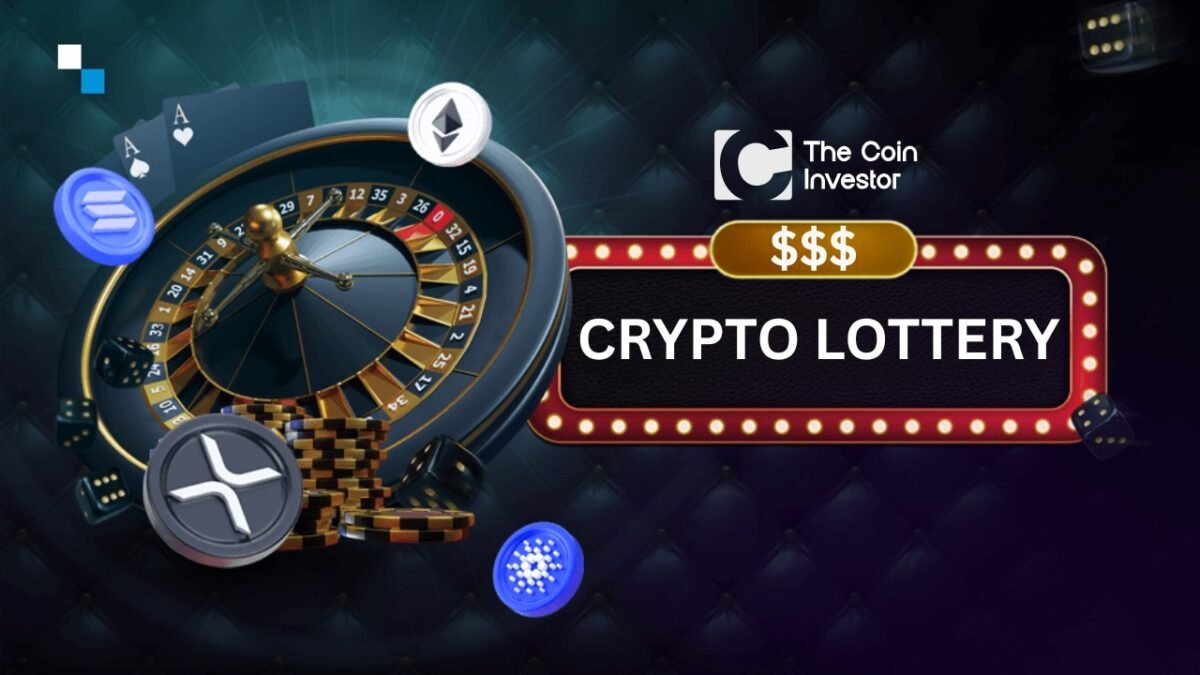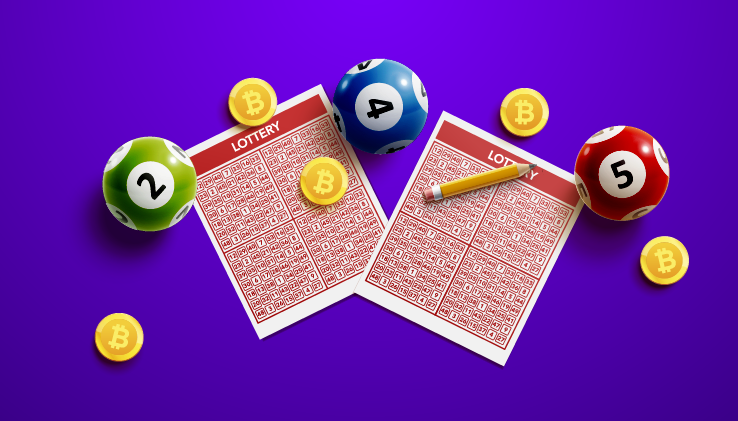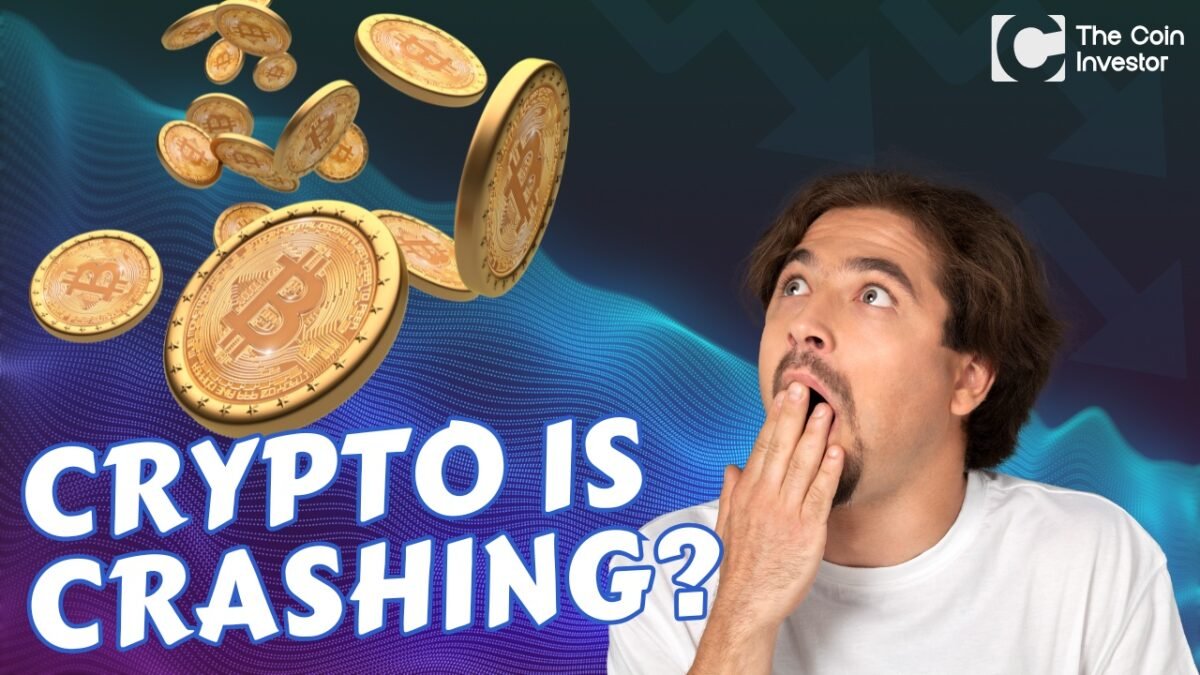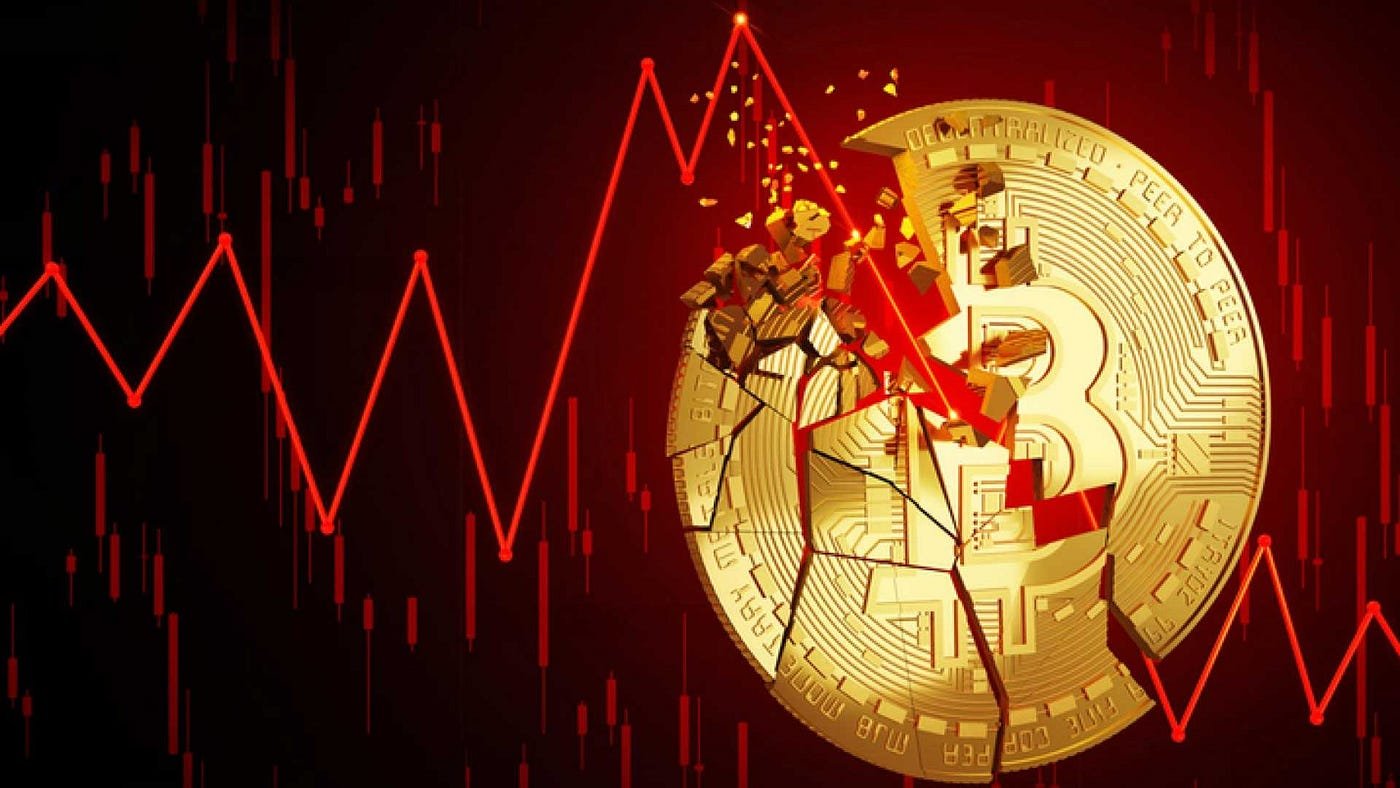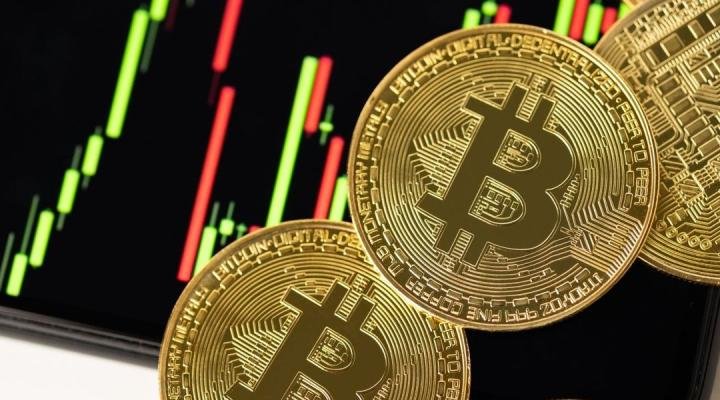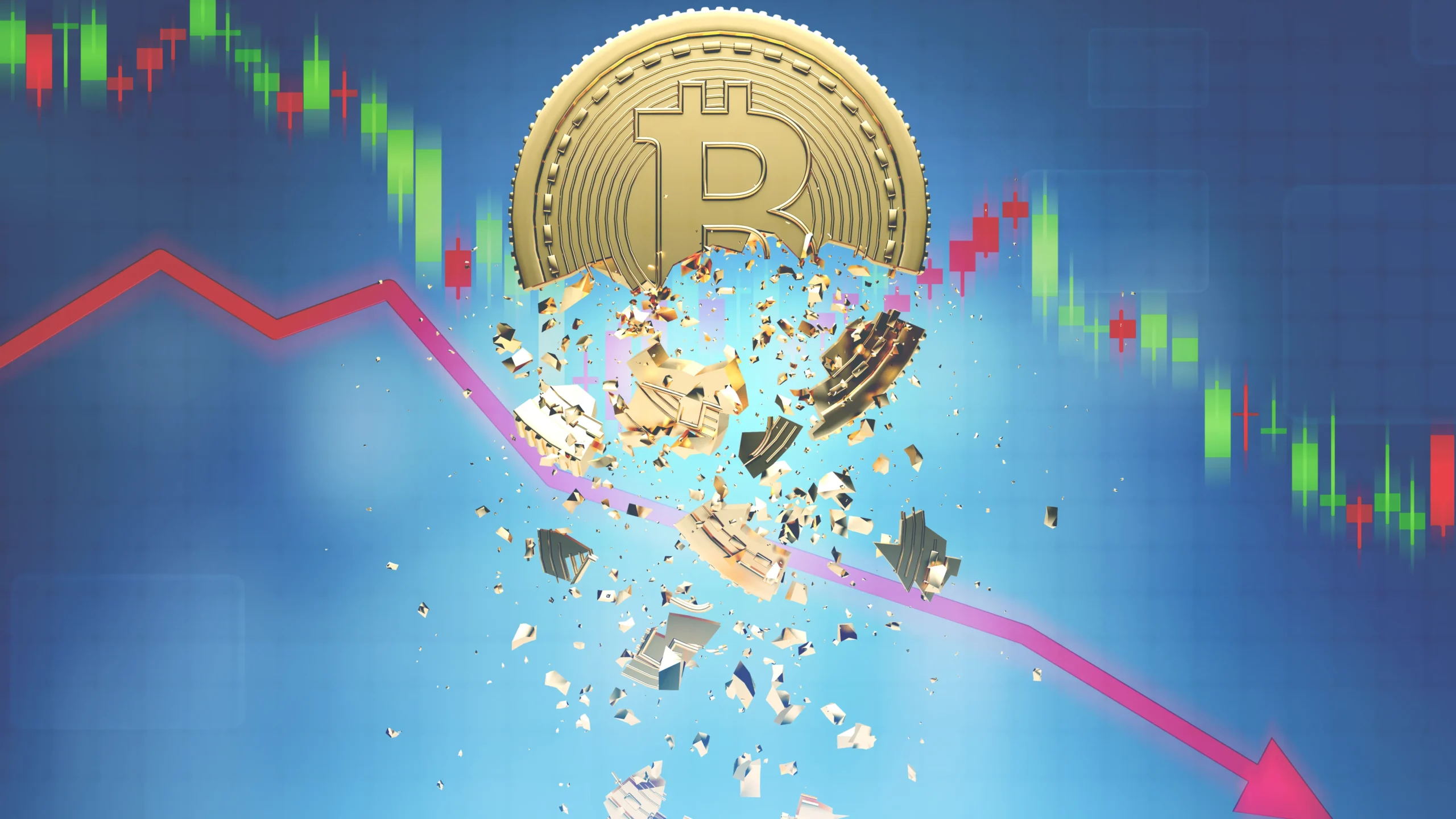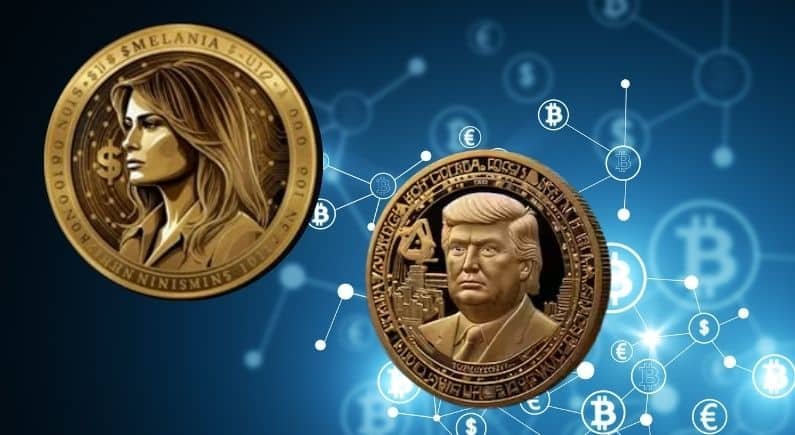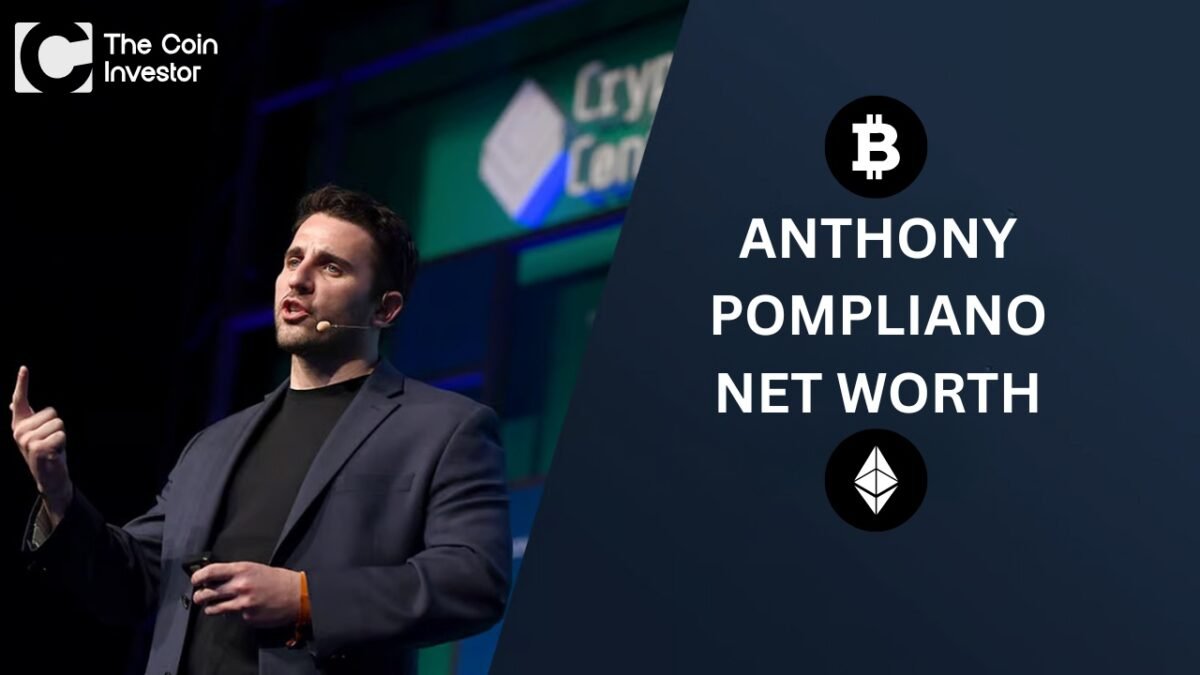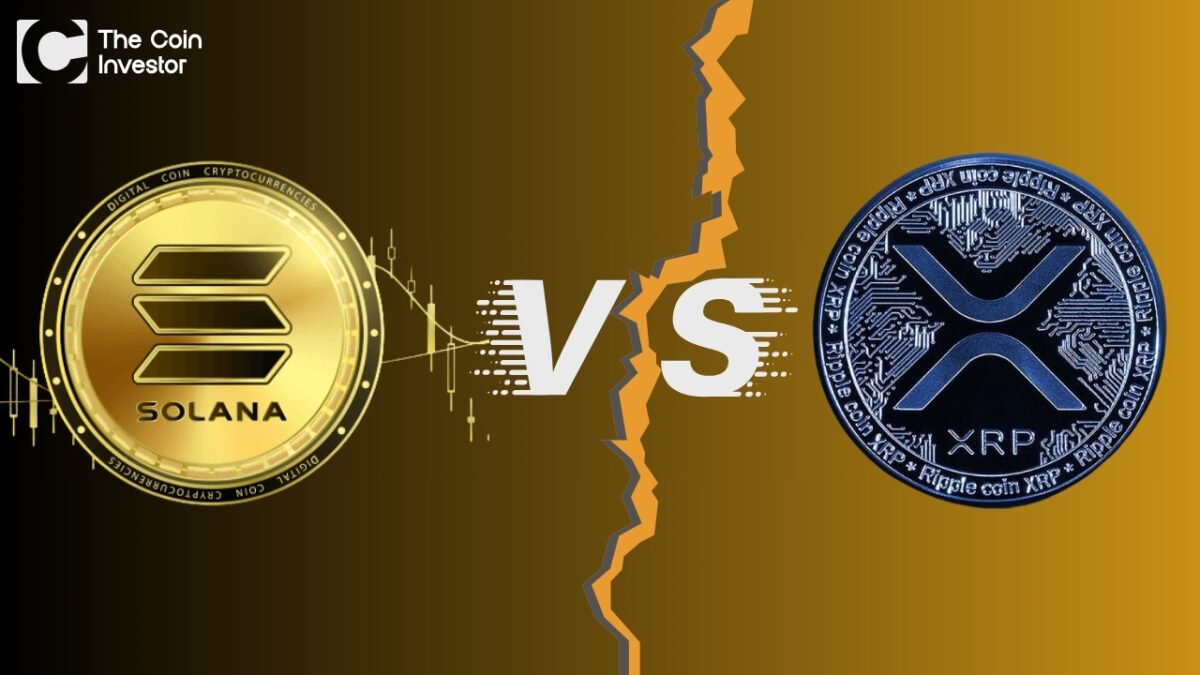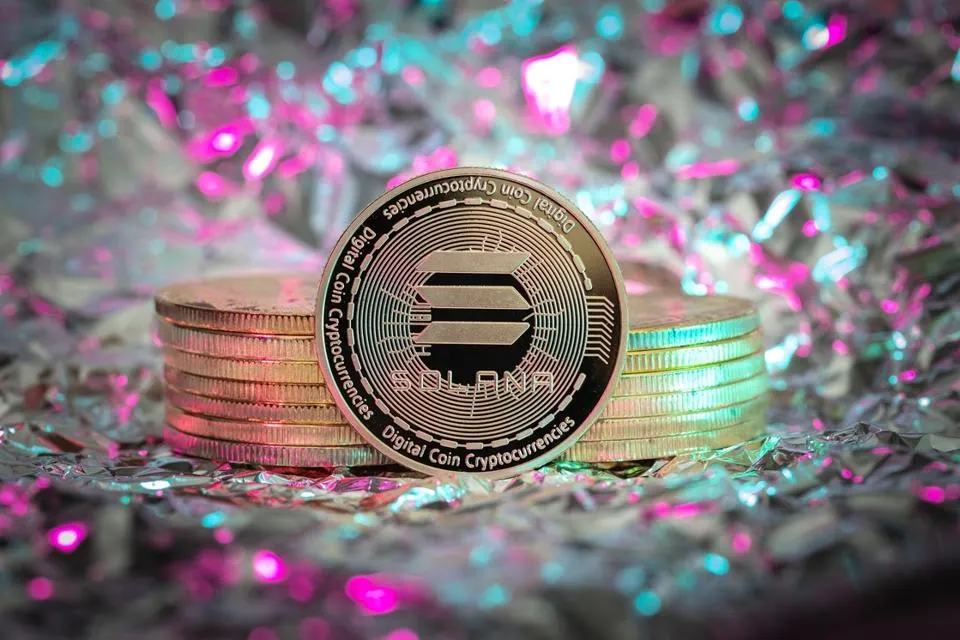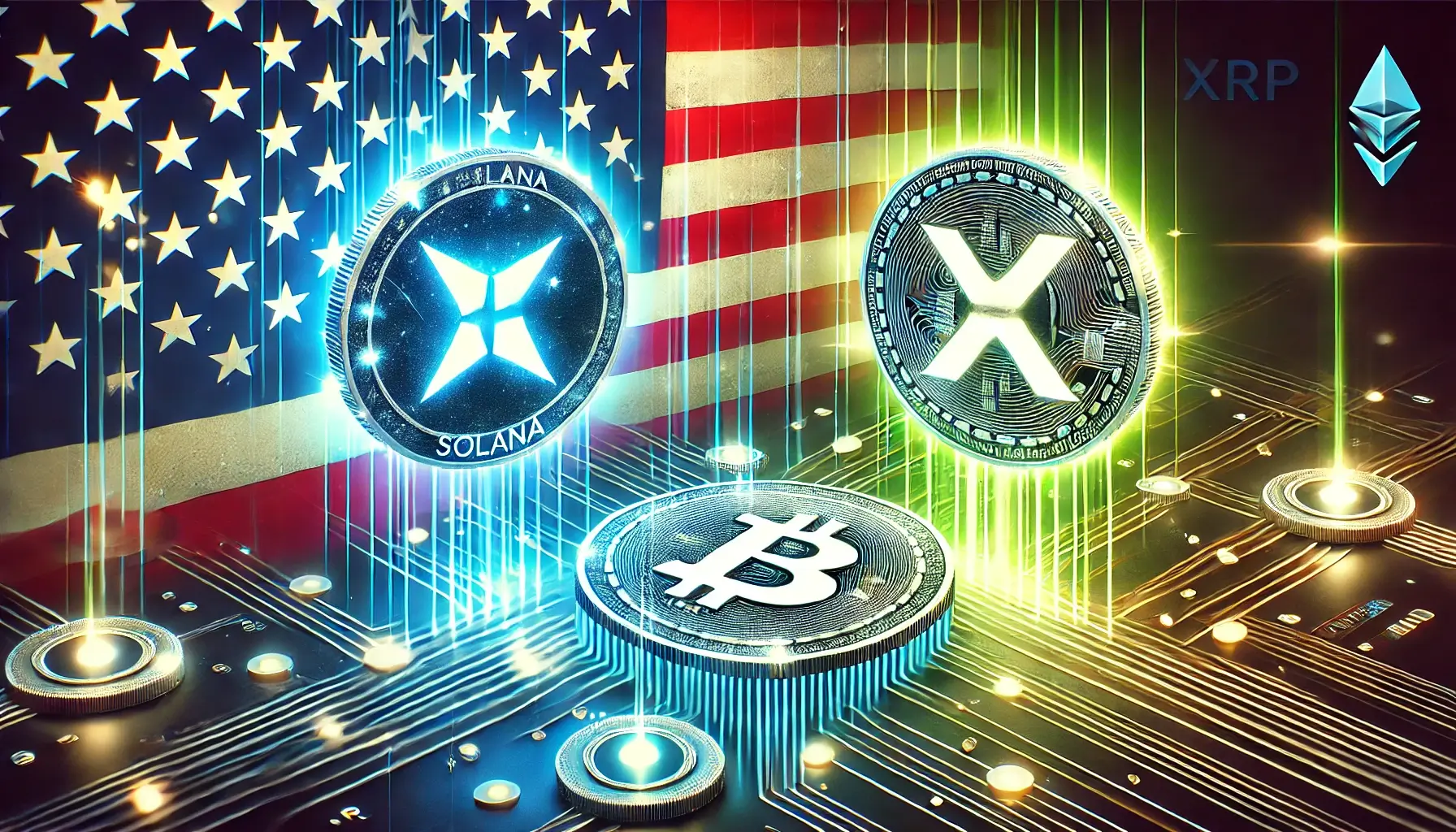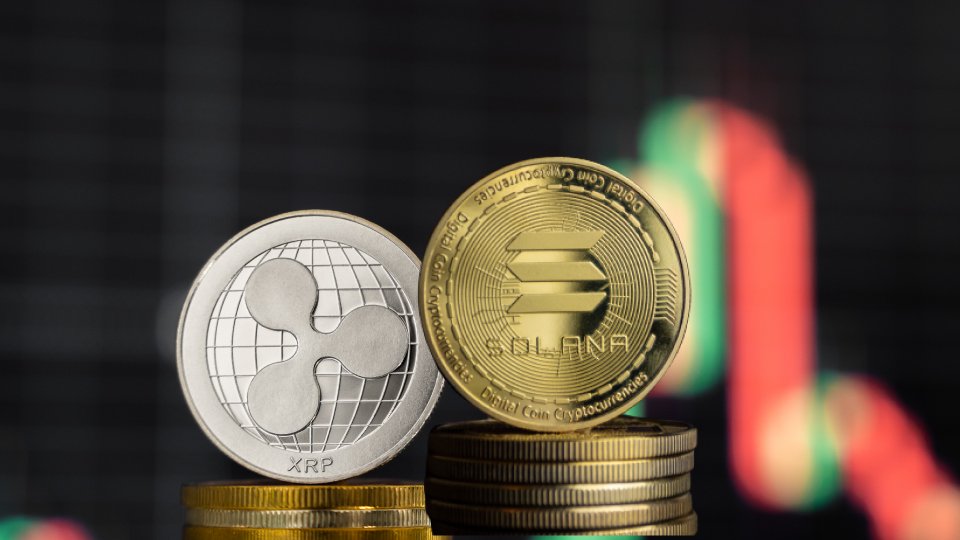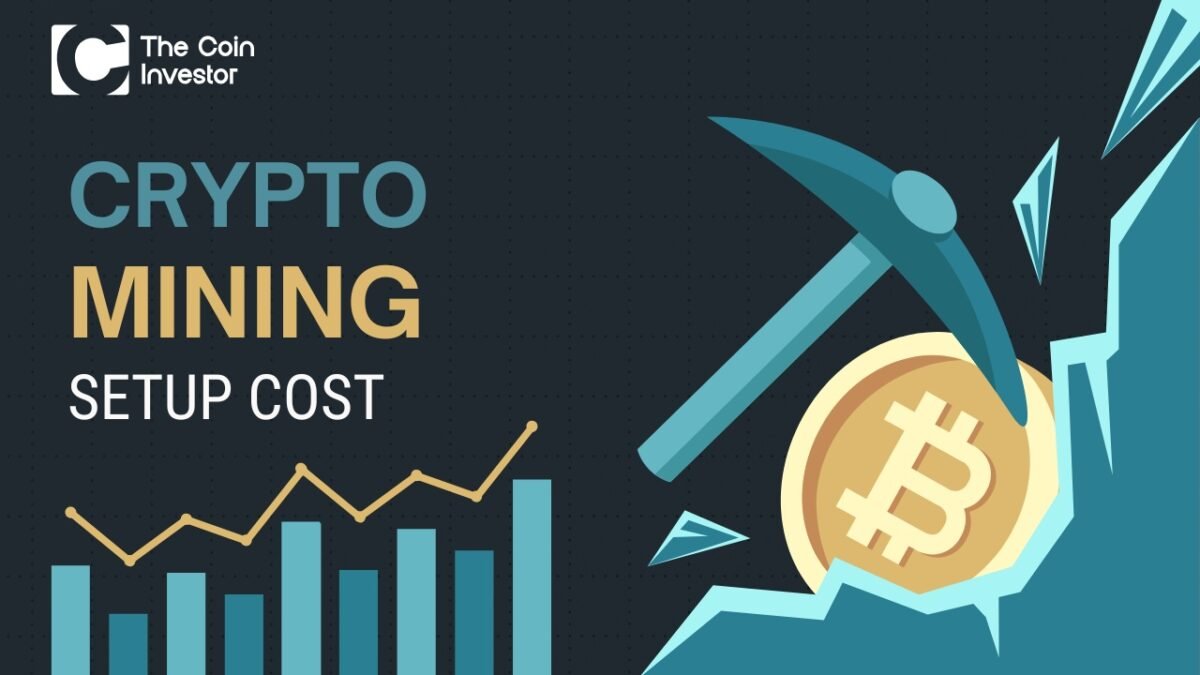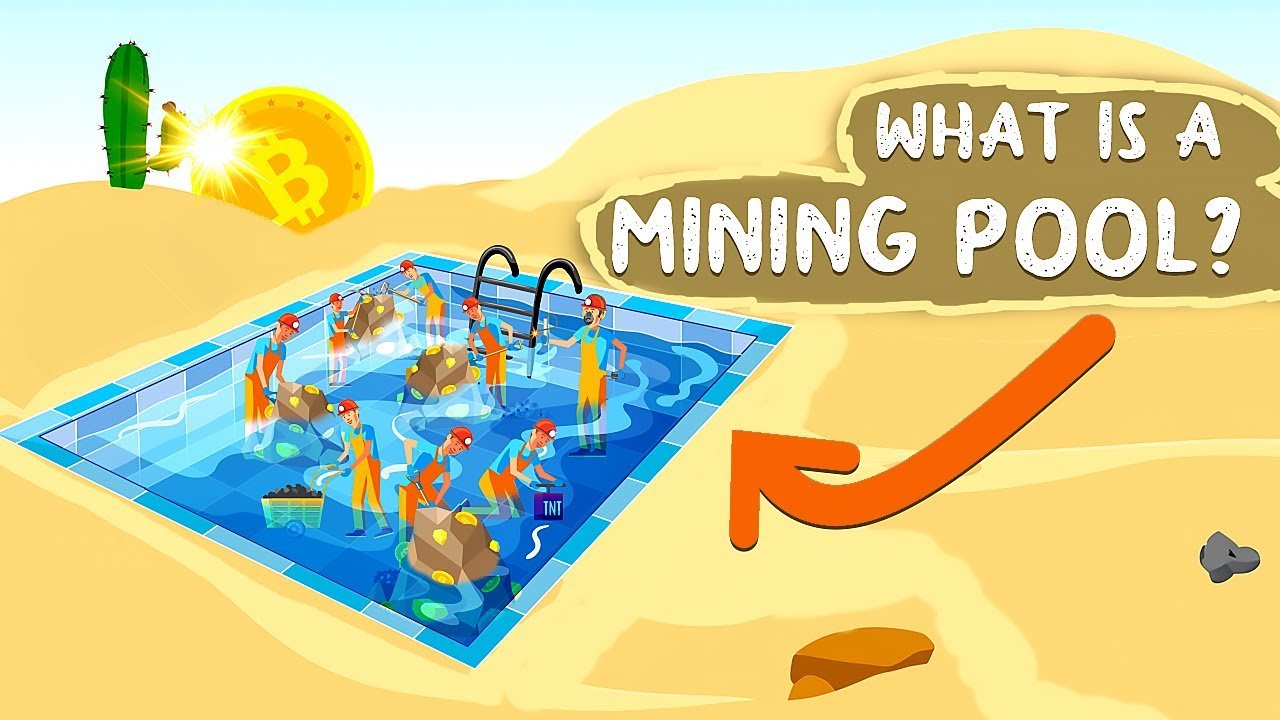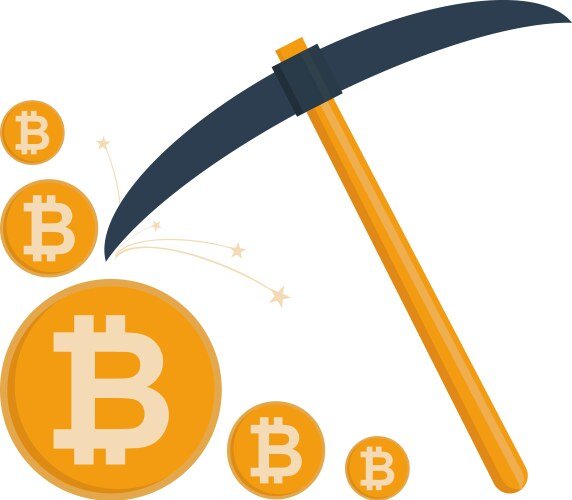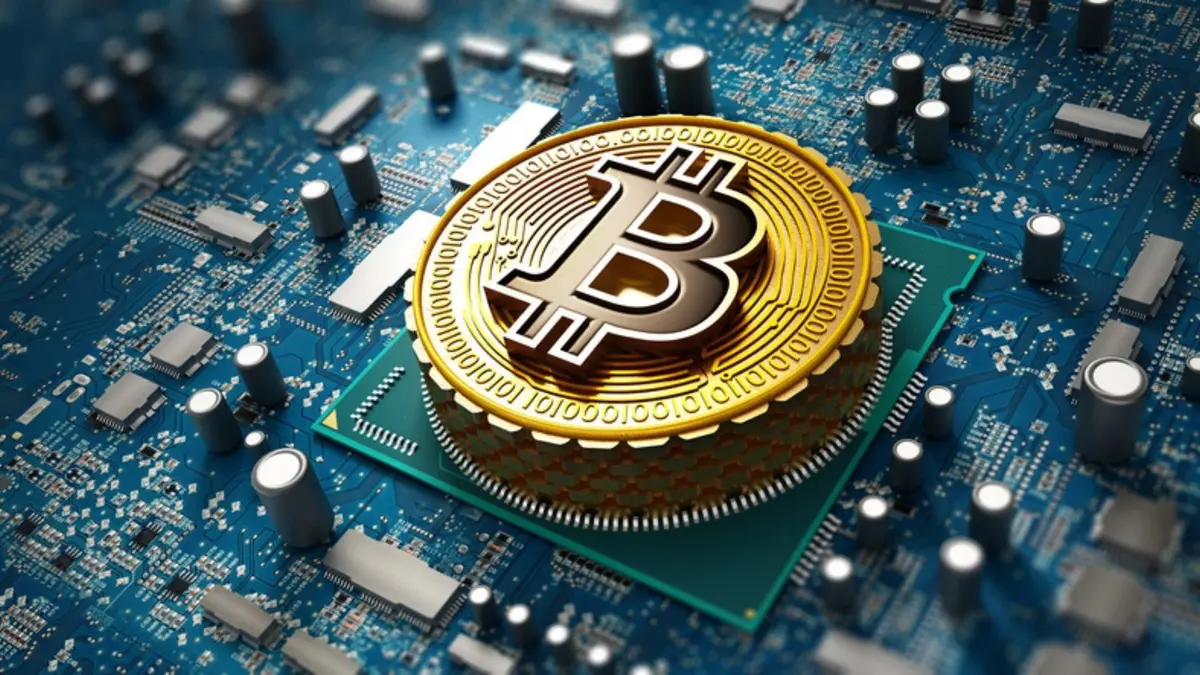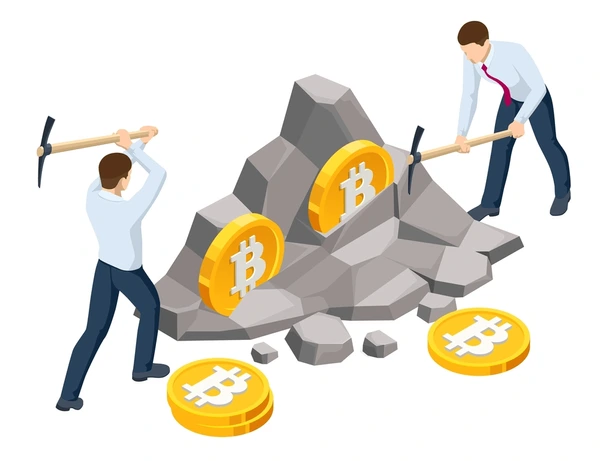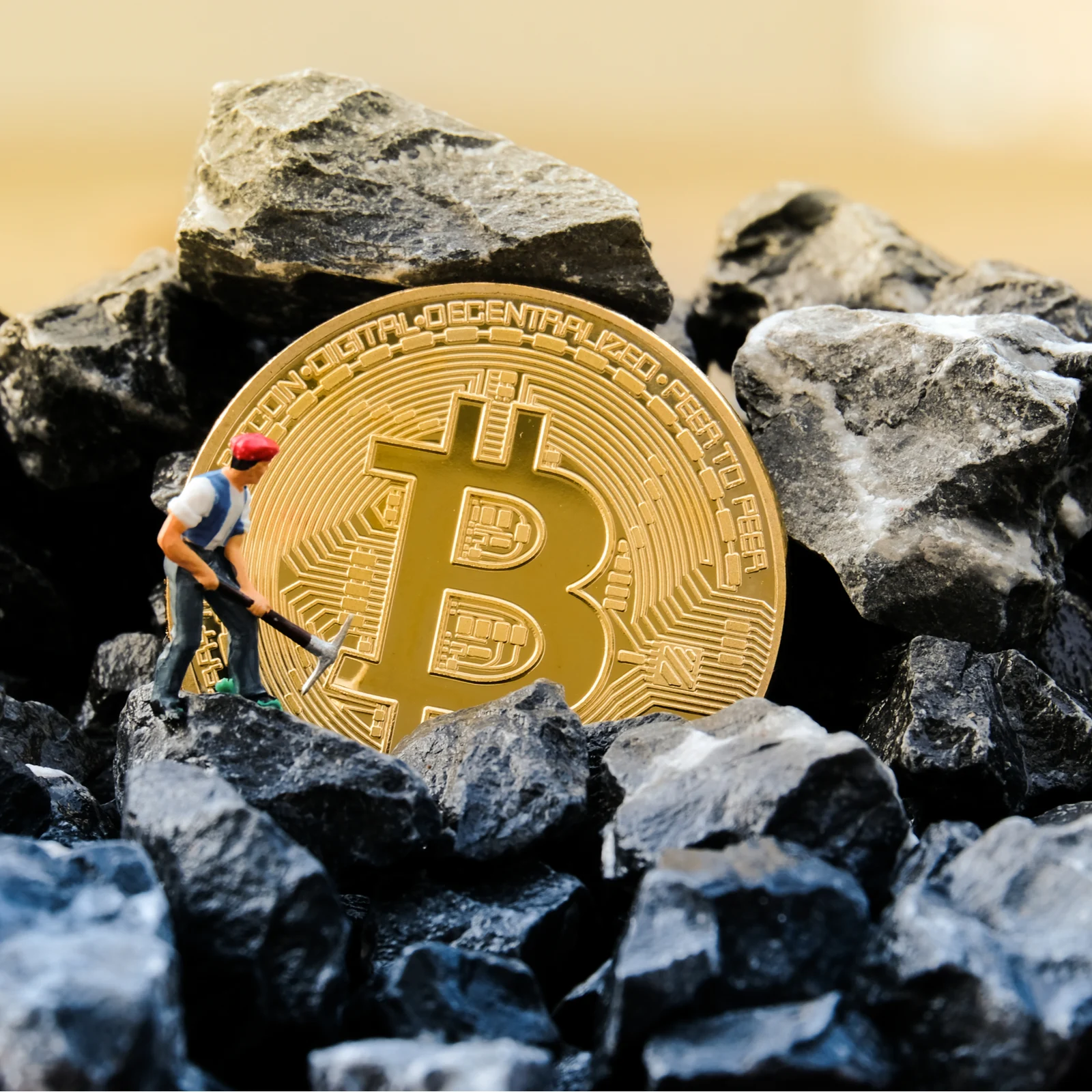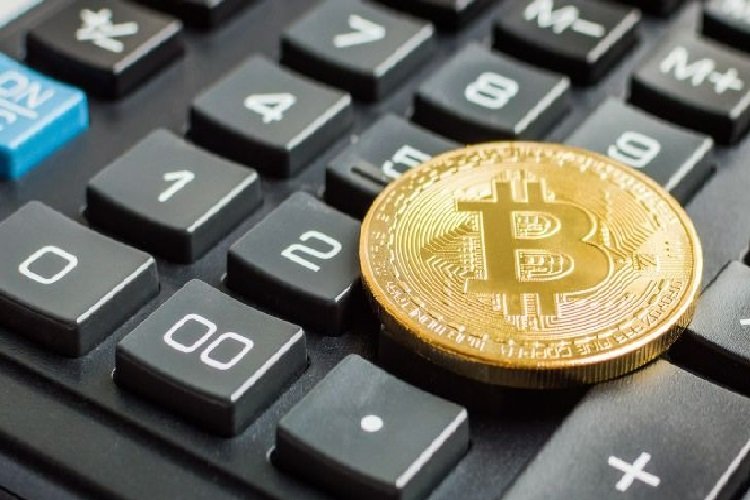The quantum financial system account represents the intersection of revolutionary quantum computing technology and traditional banking systems, promising to reshape the future of finance.
As quantum computing advances and financial institutions grapple with increasing demands for security, speed, and efficiency, quantum financial system accounts emerge as a transformative solution that leverages the advancements of quantum mechanics to address limitations in current financial systems.
This paradigm shift in the financial sector combines quantum computing, quantum cryptography, and artificial intelligence to create a fundamentally different approach to financial transactions, including the emerging realm of crypto.
While still largely theoretical, the quantum financial system demonstrates immense potential to revolutionize how individuals and institutions manage money, conduct transactions, and secure financial data in the digital age.
Quantum Financial System Account
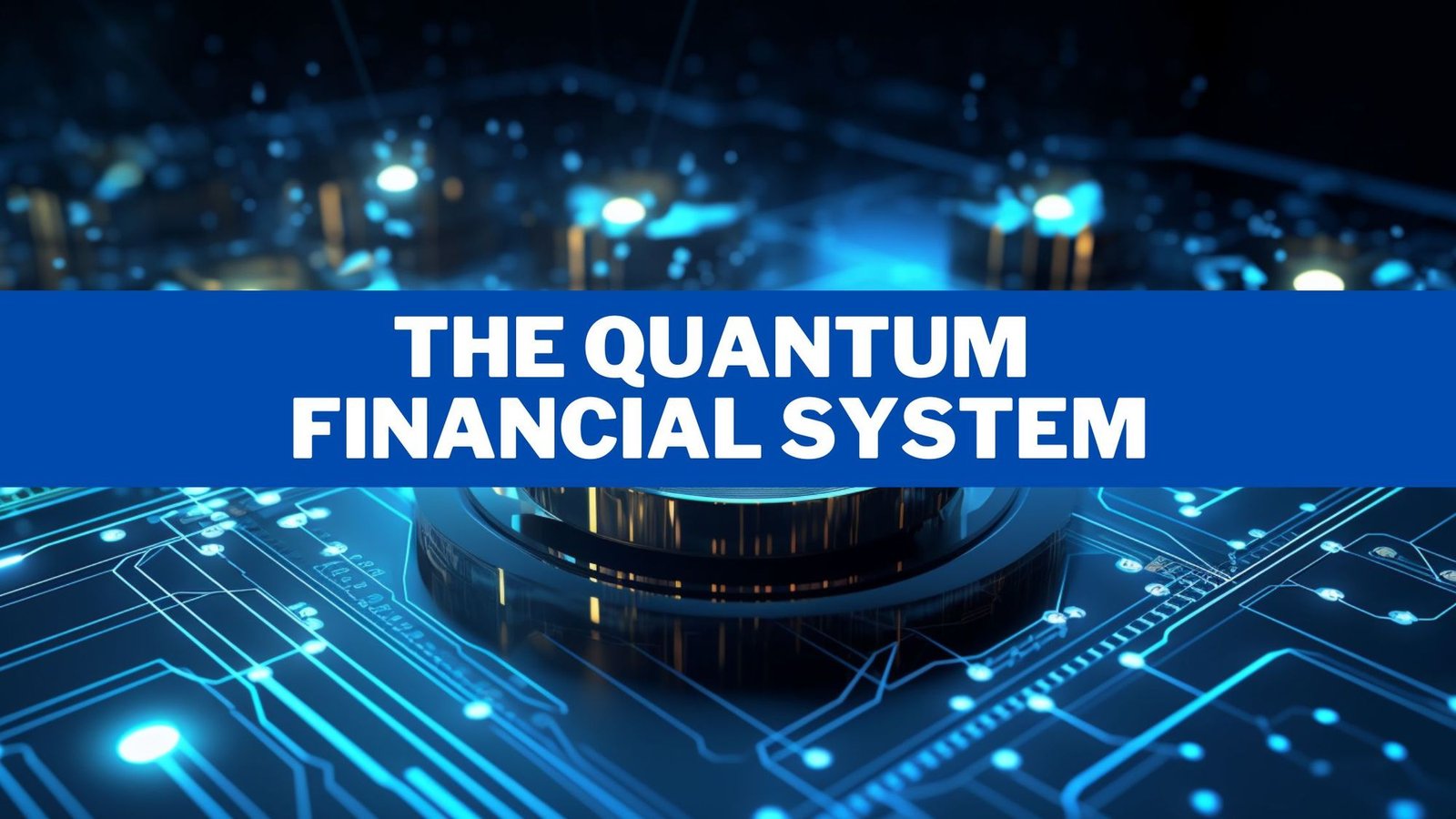
What Is A Quantum Financial System Account?
A Quantum Financial System (QFS) account is a new way to manage money. It works within the quantum world.
Unlike normal bank accounts, QFS accounts use quantum computers and special codes for better safety. They allow fast money transfers and clear records of all actions. Key features include quick payments, strong encryption, and shared record systems.
These accounts use special ways to keep data safe and smart methods for handling tasks.
If someone tries to break in, the system quickly alerts users. This gives it better protection than regular systems. QFS accounts do not depend on current banks. They might replace traditional banking while still providing needed financial services.
This system can also handle a lot of data at once using quantum power. It allows for instant calculations and risk checks in real time.
How Does a QFS Account Differ From Traditional Bank Accounts?
QFS accounts are very different from regular bank accounts. This is because of their tech bases. Regular banks use old computers. They process data one step at a time with binary bits. On the other hand, QFS accounts use quantum computers and qubits. This allows them to handle many states at once through quantum superposition.
When it comes to security, normal accounts use math-based codes. These can be weak against strong quantum computers. In contrast, QFS accounts use quantum codes and key sharing. This makes them safe from both old and new kinds of attacks. If someone tries to steal data, it will disturb the quantum state. This will alert the system about any breaches.
Another big difference is how transactions are processed. Traditional systems often need intermediaries and can take hours or days to settle, especially for international deals. But QFS accounts allow for real-time settlements. They process transactions instantly across borders. This cuts out the need for correspondent banks and lowers costs while improving transparency.
Also, QFS data safety rules are better than traditional ones. Regular encryption can be cracked with enough power. But quantum cryptography offers top-level security that cannot be broken, no matter how strong an attacker is.
Quantum Financial System (QFS)

Origins and Evolution of QFS
The quantum financial system (QFS) idea comes from both quantum computing studies and the limits of old financial systems in the world of finance. Quantum computing was first thought of in the 1980s. However, its link to finance grew as technology improved.
At the same time, older systems faced threats from hackers and slow processing speeds. Since 2019, big companies like Goldman Sachs have looked into using quantum tech for better portfolio management and trading. They partnered with quantum firms to study how it can help with risks. These early studies showed that quantum methods could solve tough financial issues that classical computers struggle with.
The QFS aims to fix key problems in today’s finance.
This includes fixing weak points in traditional security against quantum attacks and making transaction systems faster and clearer. As commercial quantum computing becomes real, banks are focusing on building secure systems to protect against possible risks.
Around the world, research centers and central banks are studying how quantum computing can affect financial stability. Projects like the Bank for International Settlements’ Project Leap show a global understanding of how important quantum tech is for finance.
Core Principles and Technology Behind QFS
The quantum financial system (QFS) uses ideas from quantum physics. These include superposition, entanglement, and interference. This helps it process information much better than old systems. Quantum superposition lets qubits be in many states at once.
This means it can look at different money options at the same time. This is great for picking the best portfolio. Quantum methods can check many asset mixes to find the best investment plans while considering risks.
Quantum entanglement creates strong links between particles. This is key for quantum security. In money deals, it makes sure any hacking attempts are caught right away. This improves safety for private data.
The QFS uses special quantum methods that are good at improving processes, learning from data, and keeping information safe in finance, showcasing the power of quantum computing. These methods can look through large amounts of data to find trends, predict market changes, and check risks more accurately than old ways.
Artificial intelligence helps the QFS by handling complex tasks, making choices automatically, and improving resource use across the network. The teamwork between AI and quantum tech greatly boosts their abilities.
Key Features of QFS Accounts

Advanced Security Protocols and Quantum Encryption
The security setup of QFS accounts is a big step up from regular bank protections, enhancing data security. Quantum encryption uses the rules of quantum mechanics. It creates safe ways to communicate that are very hard to break. This system uses quantum key sharing for secure links between users. It keeps cryptographic keys safe, even from future quantum computers. Quantum cryptography makes sure that if someone tries to spy, it changes the state of the system. This change makes it easy to see and sets off automatic security alerts.
Unlike old methods, which depend on tough math problems, quantum encryption provides strong security no matter how tech improves.
QFS accounts use post-quantum cryptography for today’s and tomorrow’s safety needs. As quantum computers can threaten regular encryption, these accounts use special algorithms that resist those threats. This protects users from new online risks while still working with current systems. Moreover, biometric checks work with quantum protocols for extra safety. They mix physical traits with tokens made by quantum tech for multi-step verification. This method offers strong protection, even against powerful quantum computers.
Real-Time Transaction Processing and Settlement
QFS accounts change how money is settled. They get rid of delays found in old banking systems. Quantum computers make it possible to process things instantly. This means real-time checks and finalizing deals, no matter how hard or far away they are.
Old systems need many middlemen, which takes more time and costs more money. QFS accounts work differently. They use a peer-to-peer model with quantum signals. This gives direct links between people and cuts out middlemen fees. It also makes sure things are done quickly.
Quantum algorithms help smart contracts run automatically based on set rules.
These contracts can manage more complex logic than the old ones. This helps create advanced money tools and checks that follow rules on their own. Their quantum state keeps the process safe from tampering and allows transparency for those allowed to see it.
Also, quantum transaction processing fixes big problems that current blockchain systems have. Traditional ways find it hard to handle lots of transactions at once. In contrast, quantum computers can handle many transactions at the same time due to their special ability called quantum parallelism. This makes them perfect for use in global finance.
Opening and Managing a QFS Account in the United States
Eligibility and Requirements for U.S. Residents
True QFS accounts are still in the planning and testing phase. There are no working quantum financial systems for the public yet. When they are launched, eligibility will be similar to regular bank accounts. However, these accounts will have extra safety measures due to quantum tech. People in the U.S. may need standard ID documents. These include government IDs, Social Security numbers, and proof of address. Quantum systems might also ask for biometric data. This can be fingerprints or retinal patterns to ensure safety.
Banks that offer QFS accounts must follow current banking rules. They also need to adjust to new rules for quantum systems. The Federal Deposit Insurance Corporation and the Federal Reserve are making it easier for digital assets. This shows a better regulatory environment for new financial technologies. Those who want an account may need to show they understand quantum finance concepts and risks. This is like what is needed for advanced investment accounts. It ensures users know the special features and limits of quantum financial systems.
How to set up a QFS Account?
Setting up a QFS account has several steps. These steps will take place when quantum financial systems are ready.
First, you need to pick a bank that uses quantum tech. This bank should have quantum computers and secure methods.
Setting up your account needs identity checks through safe quantum channels. You might have to use different methods, like fingerprinting, to link you and your quantum ID.
Next, you will create unique encryption keys with random number tools and rules. These keys will help keep your transactions safe in the future. Account holders must also learn about the risks of quantum tech and what it can or cannot do, alongside seeking investment advice where appropriate. Banks may ask you to complete courses on quantum literacy before they activate your account.
Finally, it is important that QFS accounts work with current banking systems. This will make it easier to use both old and new services as we move forward with quantum tech.
Benefits and Limitations of QFS Accounts
Enhanced Security, Transparency, and Accessibility
QFS accounts offer great security with quantum codes. This makes it almost impossible for anyone to break in.
The special state of account data helps find any tampering right away. This is better than the current ways to keep money safe. These strong protections help with worries about online threats and data leaks in old systems.
The clarity in QFS systems is better because of quantum ledger tech. This tech keeps a record of transactions that cannot be changed. Every transaction can be tracked and checked while keeping private details safe through code rules. This helps ensure decentralization, cuts down on money fraud, and ensures rules are followed.
QFS accounts are easier to access as they work independently from old banks. They provide services to those who need help worldwide. The way quantum financial systems are set up lowers the need for bank branches and middlemen. They let people use quantum communication networks to get access.
Also, the fast speed of quantum processing allows quick money moves. Quick settlements and lower costs make small deals possible, helping new ideas and more people join the financial system.
Current Challenges and Potential Risks
Despite their possible benefits, QFS accounts have big challenges in being used. Quantum computers are costly and hard to manage. They need special cooling and controlled spaces. This makes it hard to use them widely without high costs. There are not many quantum computing resources, which limits growth.
Quantum error correction, or fixing, is another issue. Current systems can be affected by outside forces. This needs better plans for reliability in finance uses.
Also, there is a lack of quantum experts. This puts financial firms at risk when they try to use these systems without the right skills. It could lead to mistakes or safety issues. Rules are also unclear for new users. Current financial laws might not fully suit the unique parts of quantum systems. This leads to challenges in following rules and legal risks.
While quantum tech can provide better safety, it may also bring new cyber threats that can harm old systems. Moving to systems that resist quantum attacks needs careful control. We must avoid weak points during this switch.
Advice on QFS accounts is limited because they are mainly theories and do not have a proven history. Financial advisors need to look closely at the risks and rewards before suggesting these systems to clients. They must balance possible gains with current drawbacks carefully.
The Role of Artificial Intelligence in QFS

Artificial intelligence helps run the quantum financial system. It manages the complex tasks of quantum computing for money matters.
AI uses quantum machine learning to look at large sets of data. This is done through superposition and entanglement. These methods allow better financial modeling, risk checks, and decision-making than old methods. This teamwork makes quantum algorithms improve machine learning for portfolio choices, fraud checks, and market analysis in real-time.
Meanwhile, AI manages quantum error fixing and resource use. AI in the QFS goes further than just automating tasks. It creates smart systems that can learn from how people make transactions. It also boosts safety with smart algorithms that adapt over time.
Quantum-focused AI builds advanced risk management systems. These systems can look at many situations at once to give thorough checks and smart choices based on predictions.
These systems help keep quantum networks safe by watching for problems, spotting breaches, and responding to threats automatically while sticking to rules. This mix changes financial companies by making customer service better and allowing new types of financial tools that were not possible before.
Conclusion
The quantum financial system, or QFS, offers a new idea for finance that contrasts with traditional financial systems. It combines quantum computing with quantum security. This mix helps fix the problems of old systems. QFS accounts are still just ideas for now.
But they could change how we do transactions. They promise better safety, faster processing, and clear transparency. This new tech tackles big issues like cyber threats and delays in payments. It also aims to help everyone access finance globally.
Quantum science gives a base for better and safer finance systems.
However, with careful planning, making QFS work well has many challenges. There are big tech, rule-making, and real-world problems to solve first. Quantum tech can be complex and costly. Because of this, it may take years before many people use it widely.
Banks, regulators, and tech firms need to work together. They must build the right tools and rules to make it work well.
Big companies like Goldman Sachs and IBM are putting money into quantum tech. This shows that the future of finance, including traditional financial institutions, is heading towards using quantum technology more.
As quantum computers get better, QFS accounts could move from ideas into real use soon. This will change how we interact within digital finance systems forever.
FAQs
What banks in the U.S. are integrating QFS technology?
No banks offer QFS accounts right now. The technology is still being studied and tested. Major U.S. banks are putting money into quantum computing. Goldman Sachs is working with QC Ware and IonQ. Wells Fargo is part of the IBM Quantum Network. Truist Financial has also joined IBM’s Quantum Accelerator program. These partnerships want to create skills in quantum for use in the future. They do not provide current quantum services yet.
Can I use cryptocurrencies with my QFS account?
Cryptocurrency, including Bitcoin, is a key part of the QFS system. Digital money acts as the main way to make trades. Asset-backed cryptocurrencies provide stability because they are linked to real things like gold or silver. Quantum-resistant cryptocurrencies will be preferred in QFS accounts. Smart contracts that use quantum codes can help run transactions. They can also check rules and manage risks. This ensures safe actions that combine new digital money with quantum tech.
How do I get a quantum bank account?
Right now, getting a quantum bank account is not possible. This is because there are no working quantum banking systems yet. People can get ready by learning more about quantum computing in finance. They should keep their ID and financial records up to date. It may also help to think about registering biometric data for security in the future. Building ties with banks that are using quantum tech could be useful. This may give early access when quantum banking starts. These banks might offer priority or beta testing for their current customers.
Is the quantum financial system safe?
Quantum financial systems have many security benefits. They can also have risks when being set up. Quantum cryptography and key sharing give strong protection against attacks. If someone tries to access data without permission, it can be noticed right away.
Still, there are risks such as needing more experts in quantum computing. There are also challenges with fixing errors and not enough rules to guide the systems. These systems are complex and require special knowledge.
This kind of knowledge is rare, which can put groups without skills at risk in the market.

